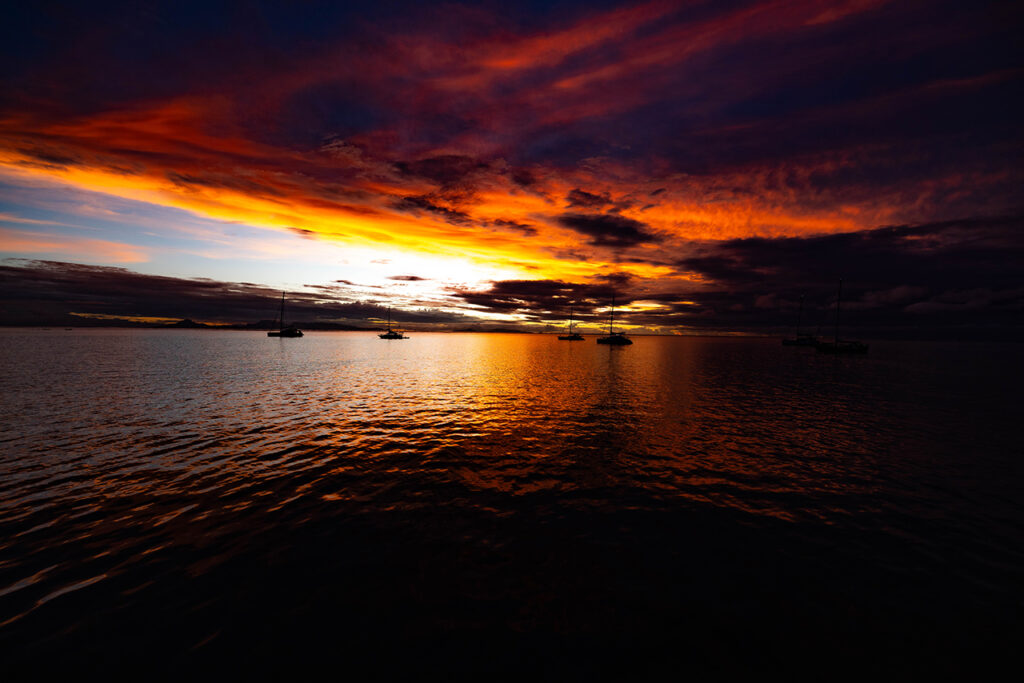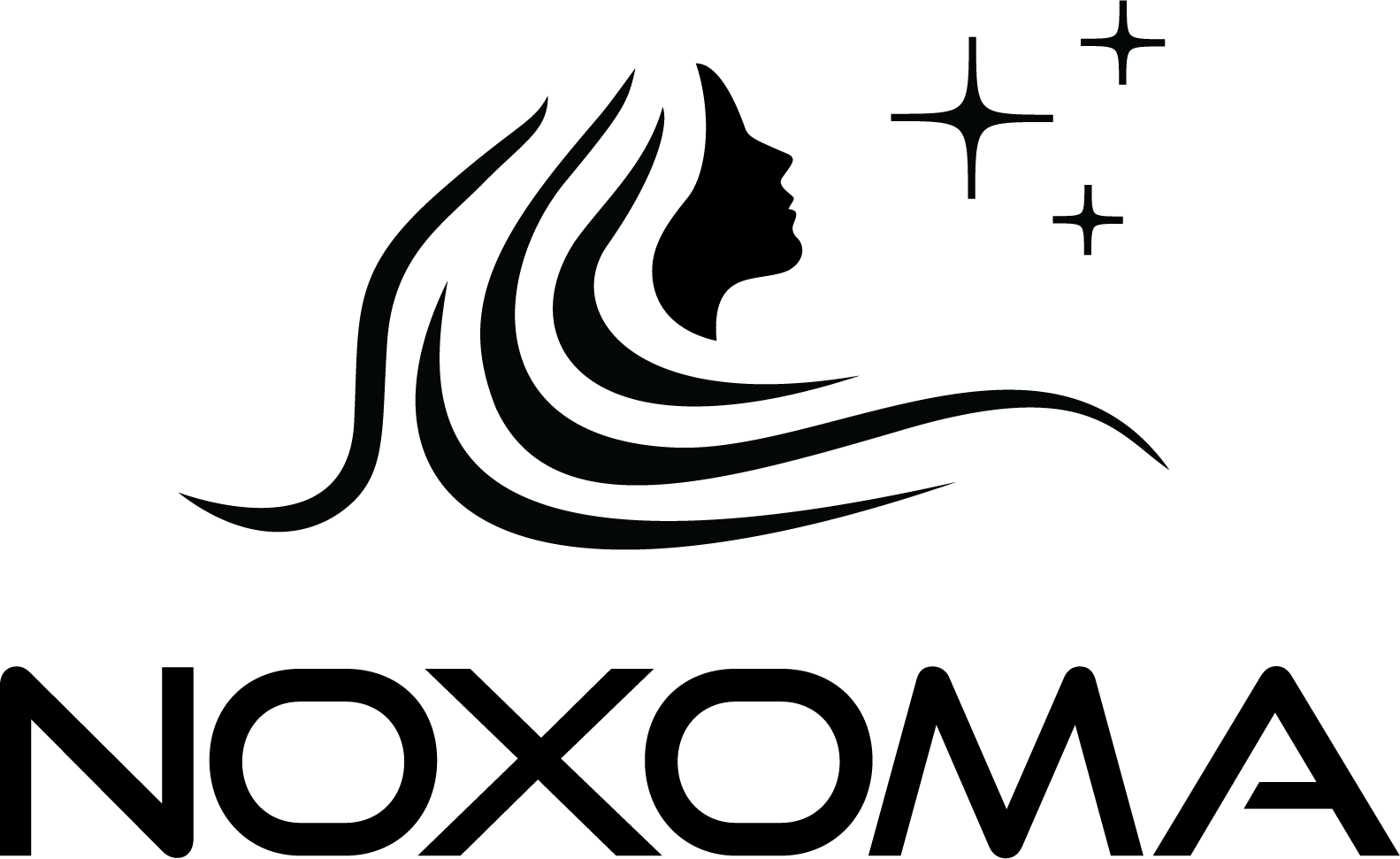Huahine is the eastern most island of the Leeward islands in the Society archipelago of French Polynesia. The others area Raiatea, Taha’a, Bora Bora and Maupiti. The ancient Tahitian Maʻohi people colonized Huahine from at least the 9th century AD, and it is believed that this island is the cradle of Polynesian culture.
The name Huahine is a version of the Polynesian word for woman, and supposedly the silhouette of the island resembles a pregnant woman. Huahine consists of two islands, just like Tahiti, Huahine Nui (nui = big) and Huahine Iti (iti = small). There are a total of 6,000+ inhabitants here, and we were anchored outside the main town, Fare.
We have to admit, this is the worst anchorage we have had on our journey. The anchorage is located in between two passes, on a shallow sand shelf, with poor holding in certain areas. The shelf quickly drops off leaving the rest of the anchorage in depths of +20 meters, where there are lots of coral and rocks, so the holding can be very bad. The passes on each side means there is a strong current that moves the boat according to the current more than the wind.
We were there for almost a week, and we had squalls moving in daily. This meant that the wind quickly went from close to nothing and up to 20+ knots in a matter of seconds. We often experienced the boat getting hit by the wind on the side, which made her move in weird patterns.
The currents were so local that two boats sitting right next to each other easily could swing in opposite directions. We daily witnessed boats almost crashing into each other and lots of boats had to move and reset their anchor at all times of the day. Of course most of these problems happen at night…
We tried three different spots while we were there. At the first spot we got tangled on left over debris from old moorings on the bottom, which made the boat suddenly get stuck as we swung around. We were discussing what to do and where to move, just as we got some excess force to our bowsprit, and it broke off. This is where we attach our code zero sail, which now we can no longer use.
We moved to another spot, but as the wind turned 180 degrees in a matter of seconds, we were on a slope, and we started dragging anchor. Of course this happened at 01:00am and while raining…. We went straight to the deep spot, dropped the anchor in 23 meter, and just hoped we would not get snagged on any coral heads.
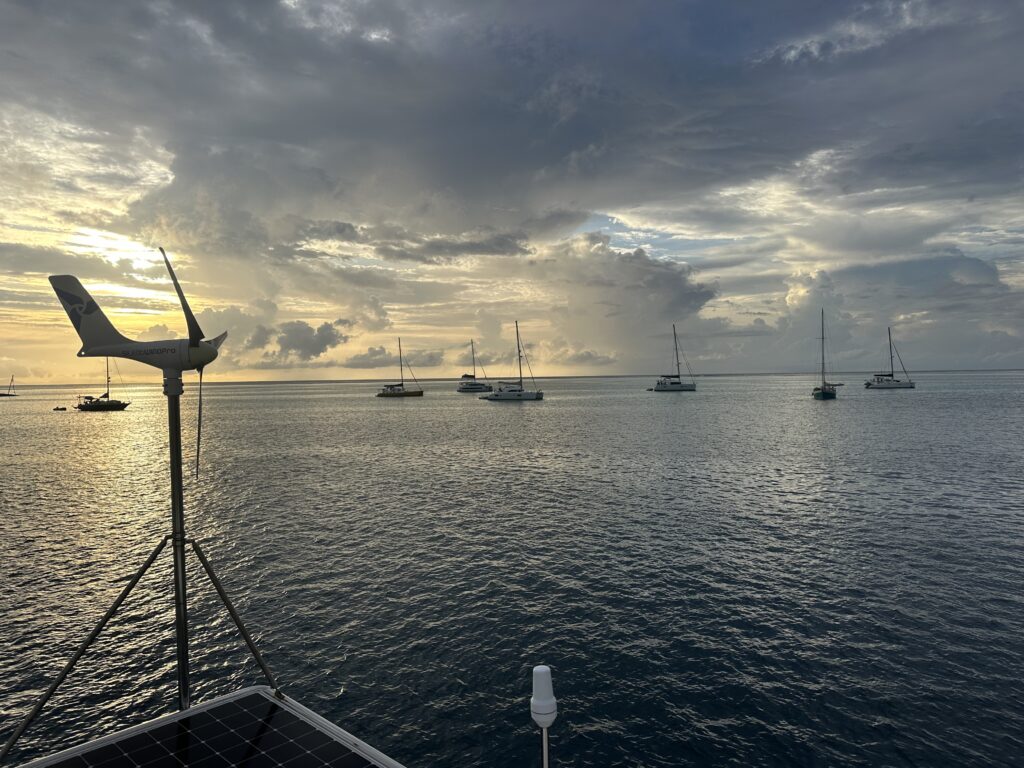
After this ordeal went on during the first three days, finally the winds eased a bit, and we were comfortable with leaving the boat to explore the island. We spent two days biking a total of 63 km around both of the islands. Our first exploratory day we headed south, to Huahine Iti.
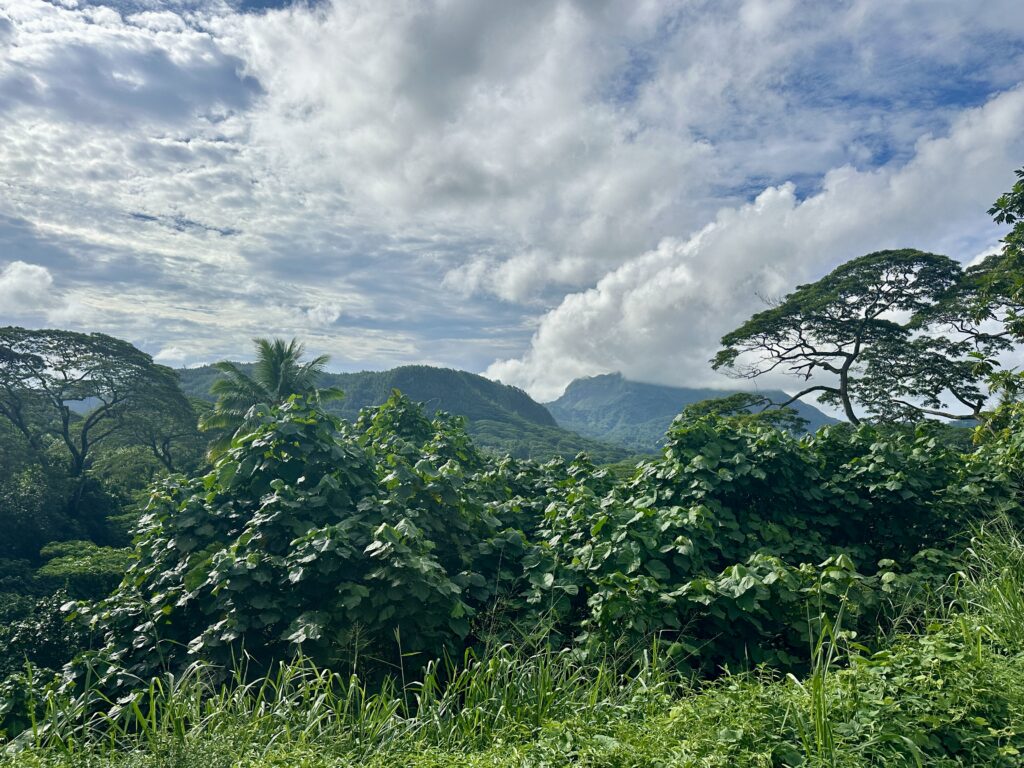
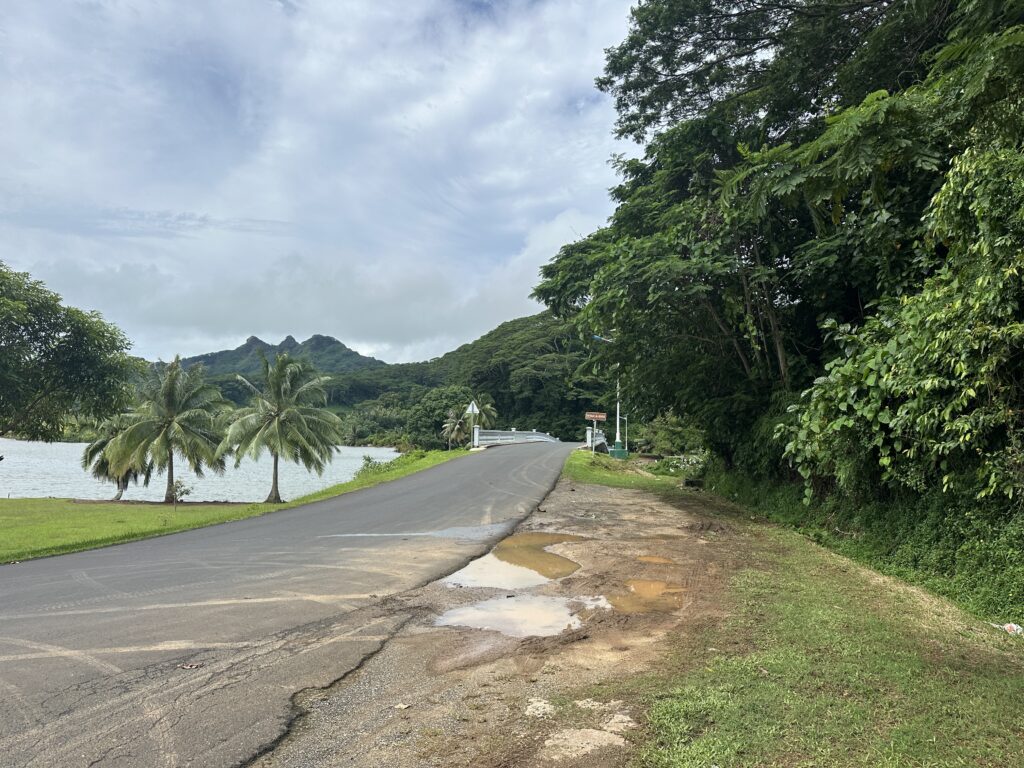
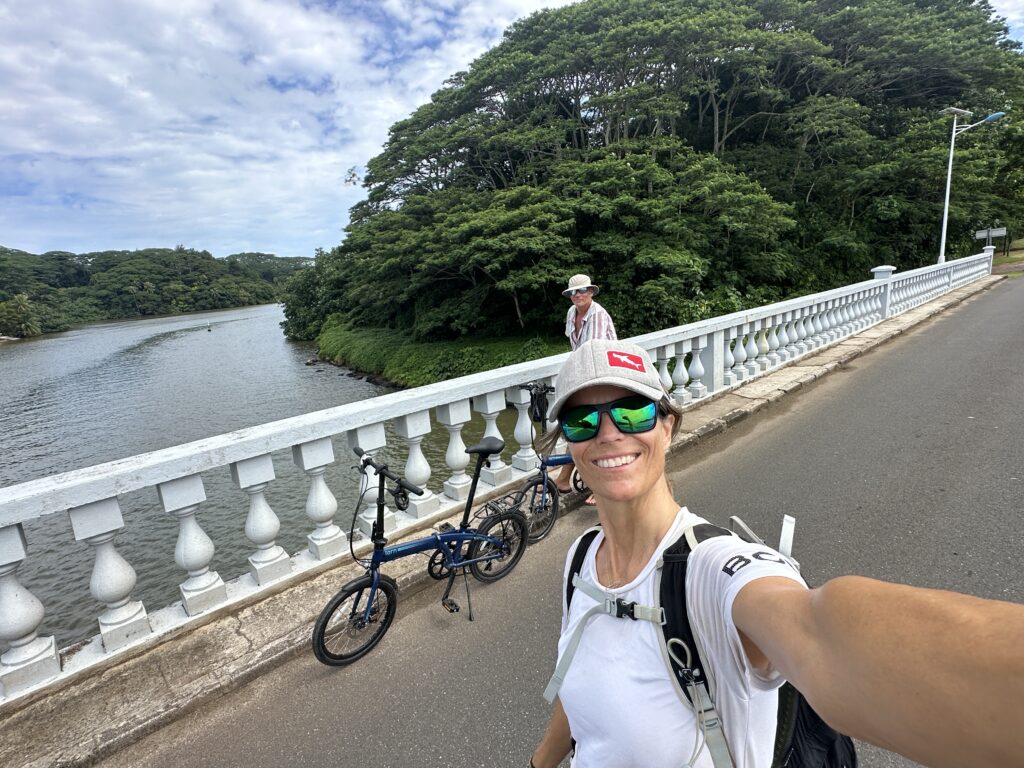
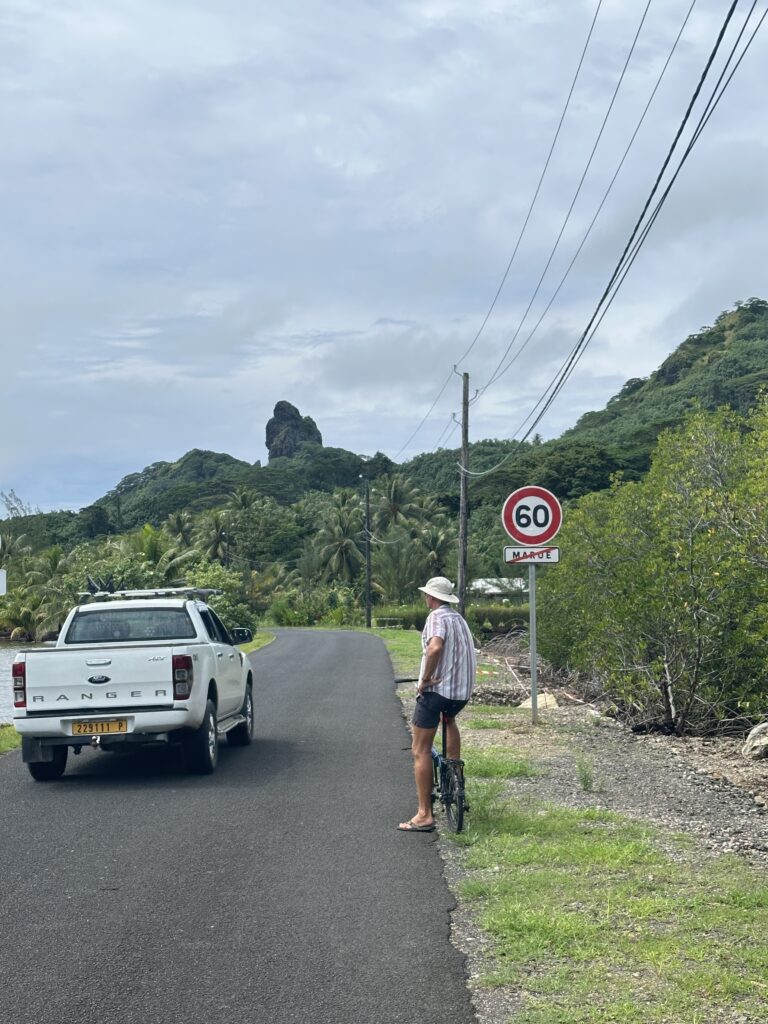
We had a lovely sunny day, and biked over 40 kms. The roads are so properly maintained, with park style areas to rest along the way.
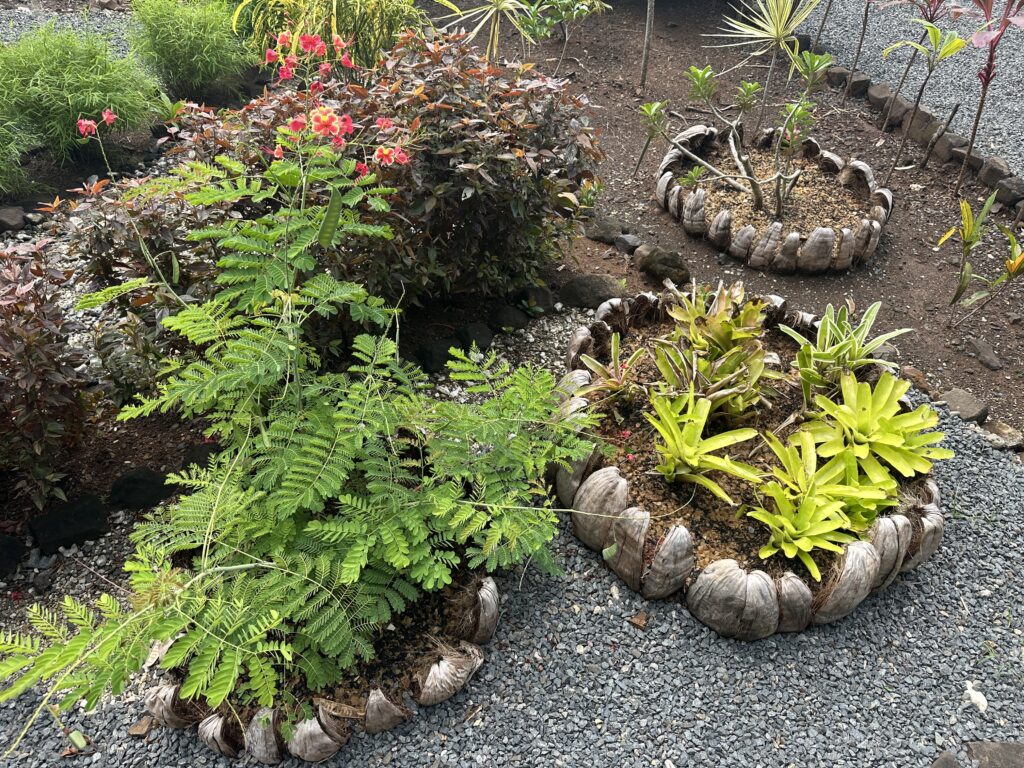
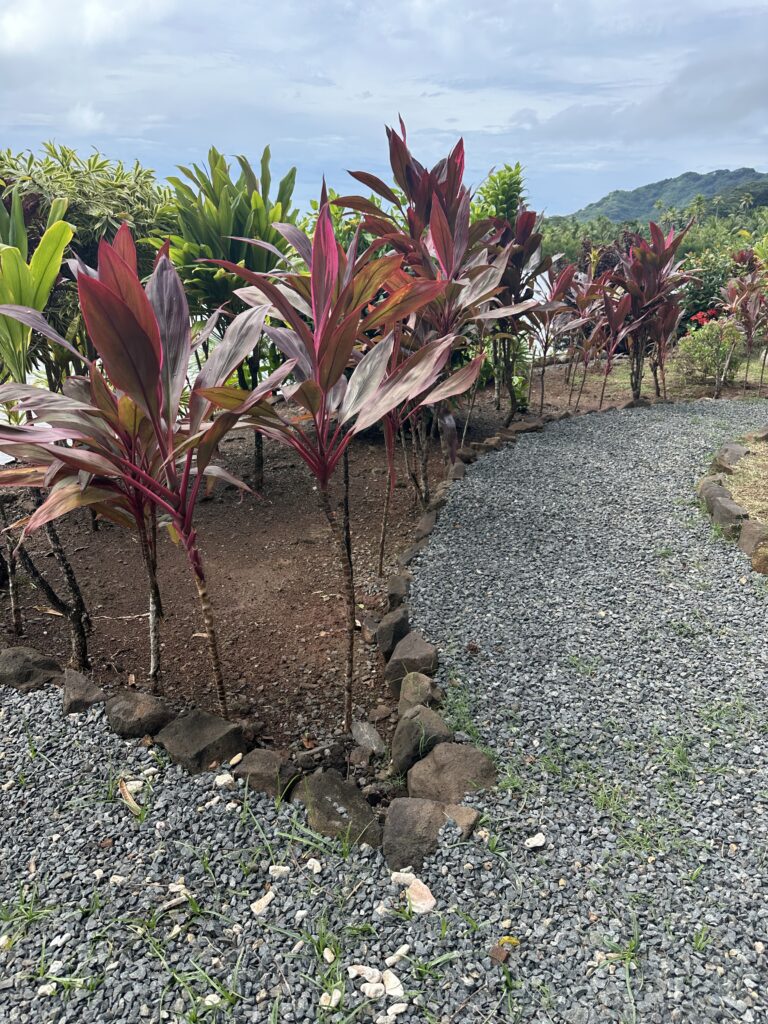
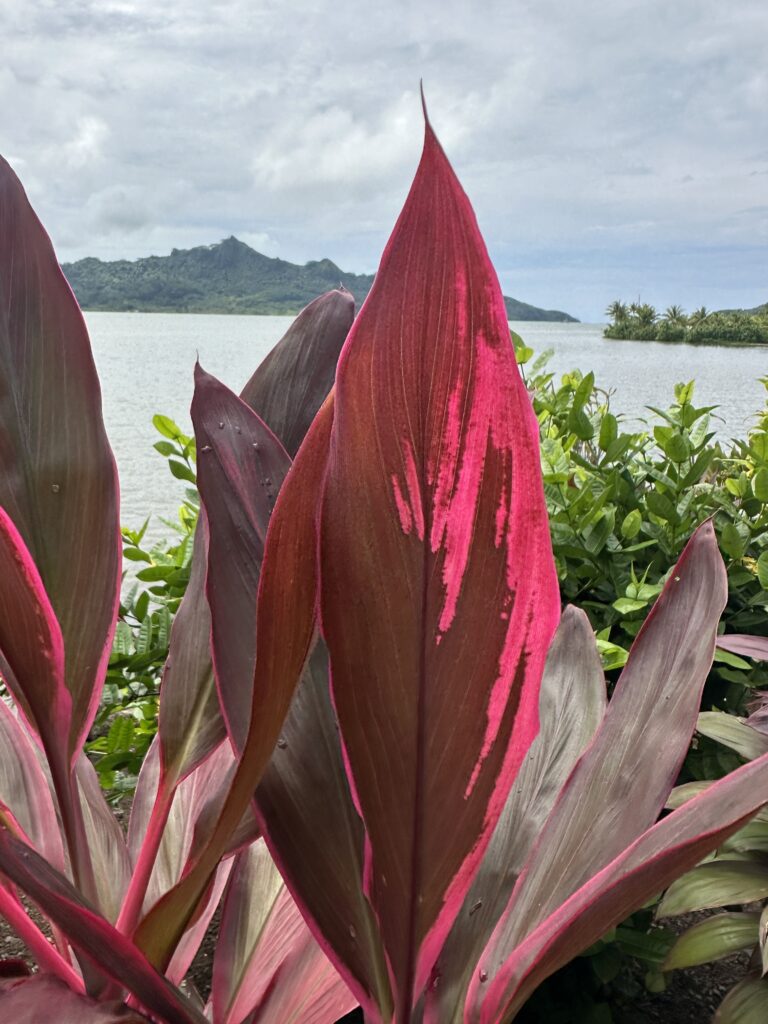
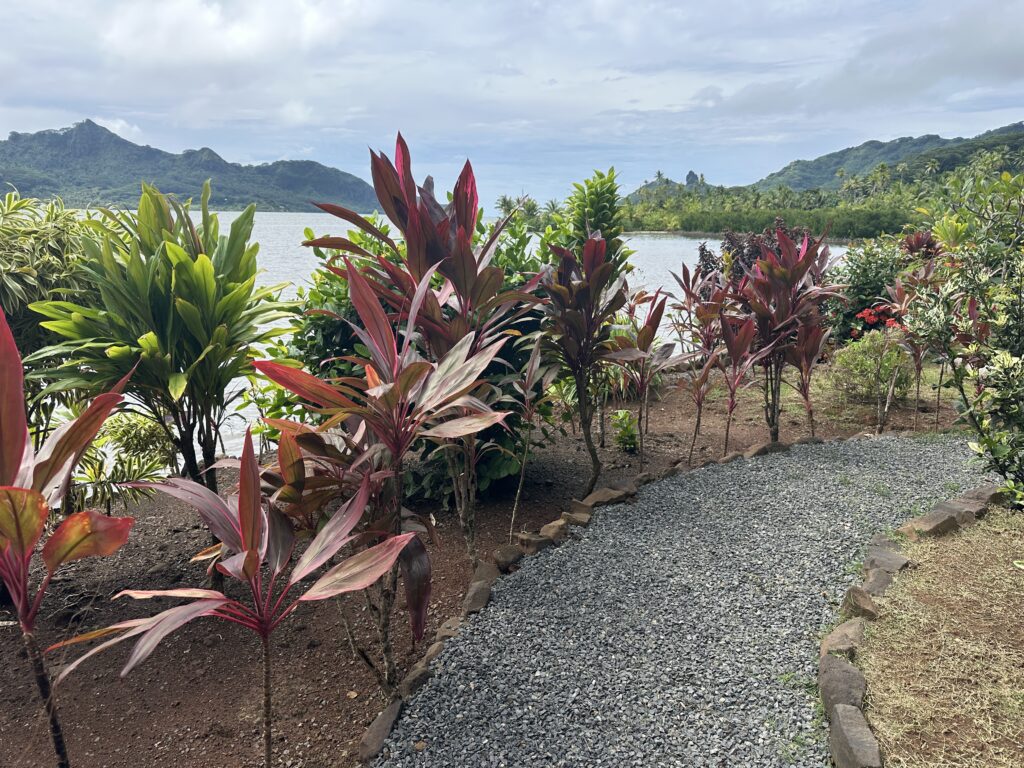

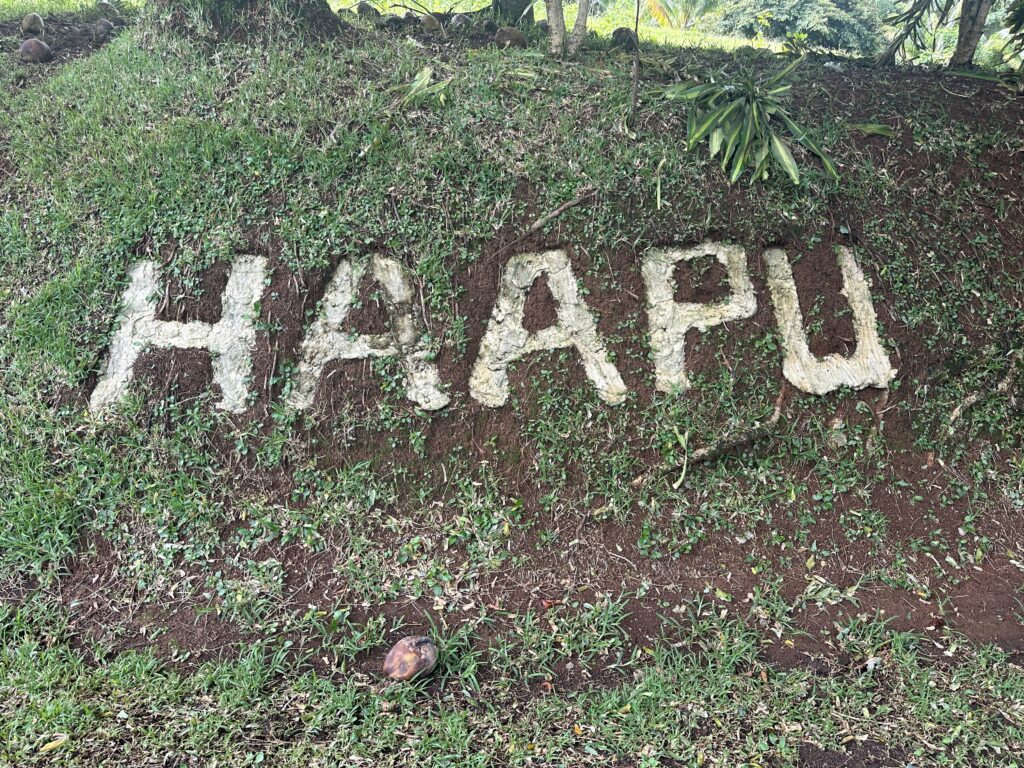
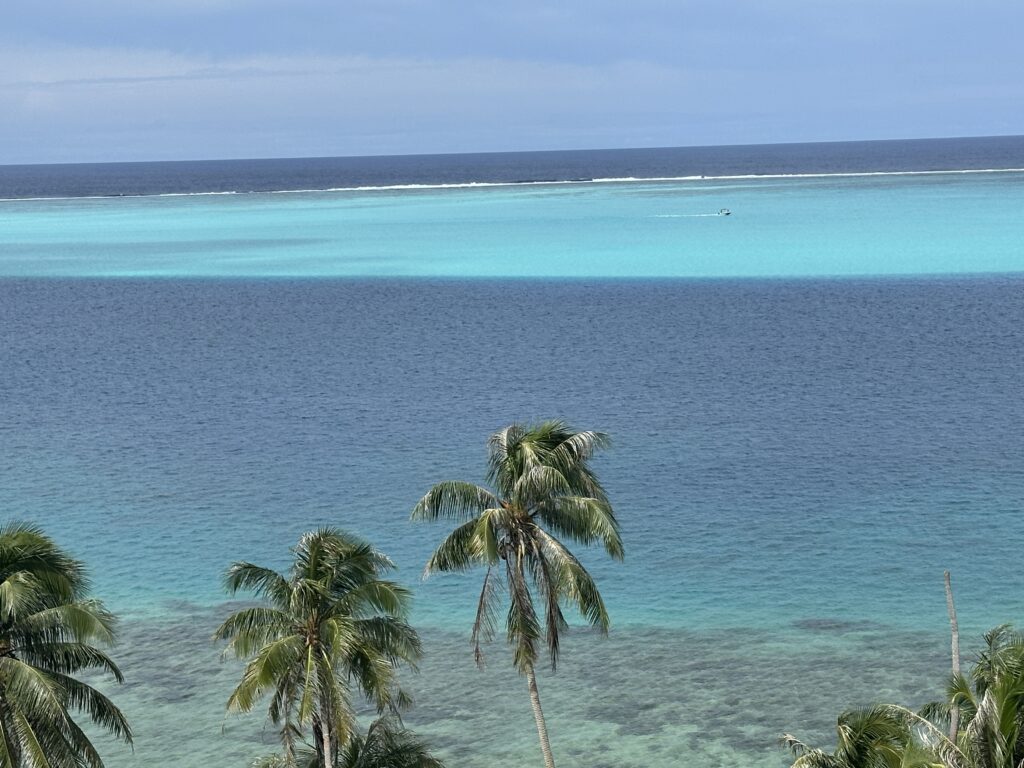
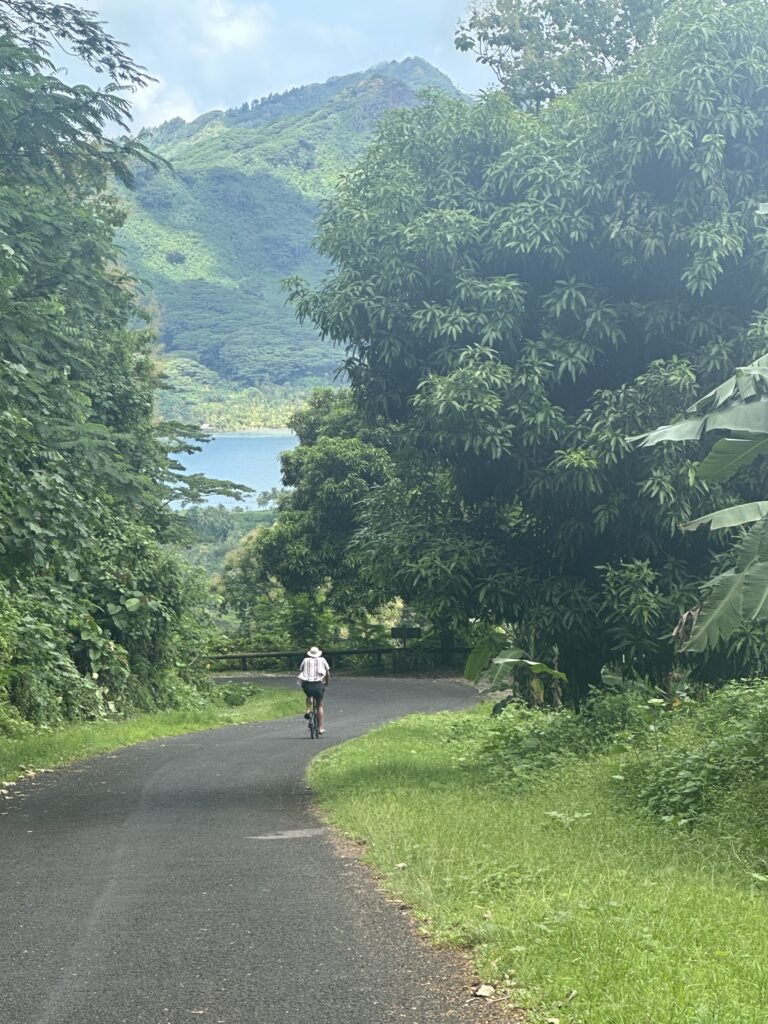
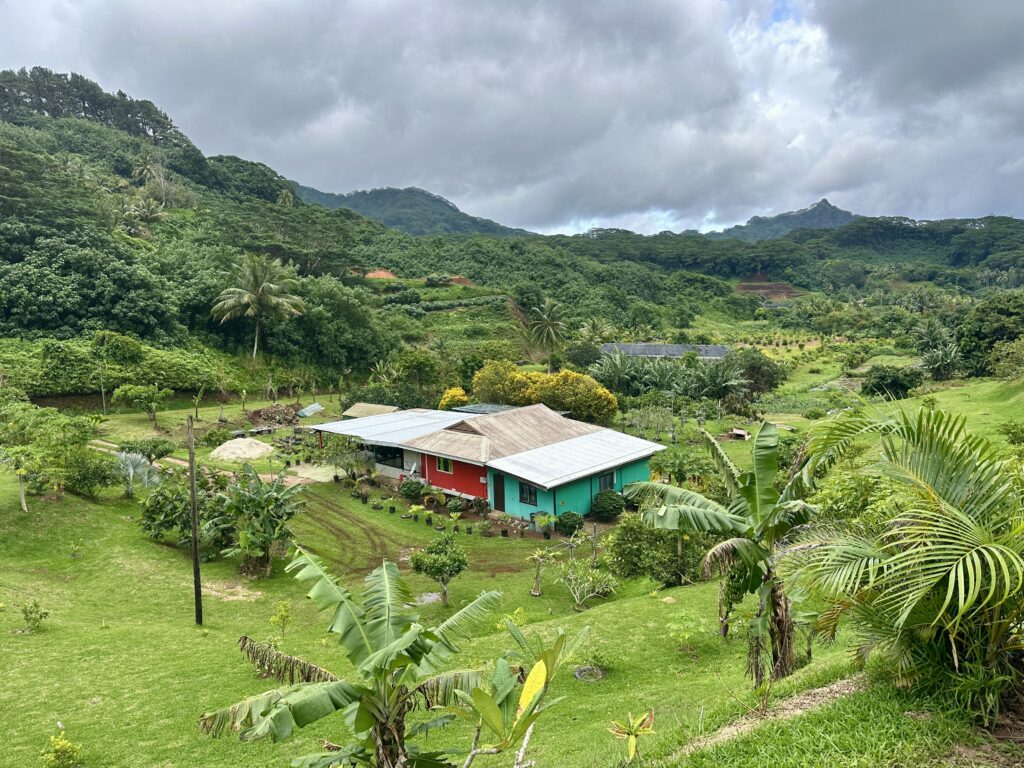

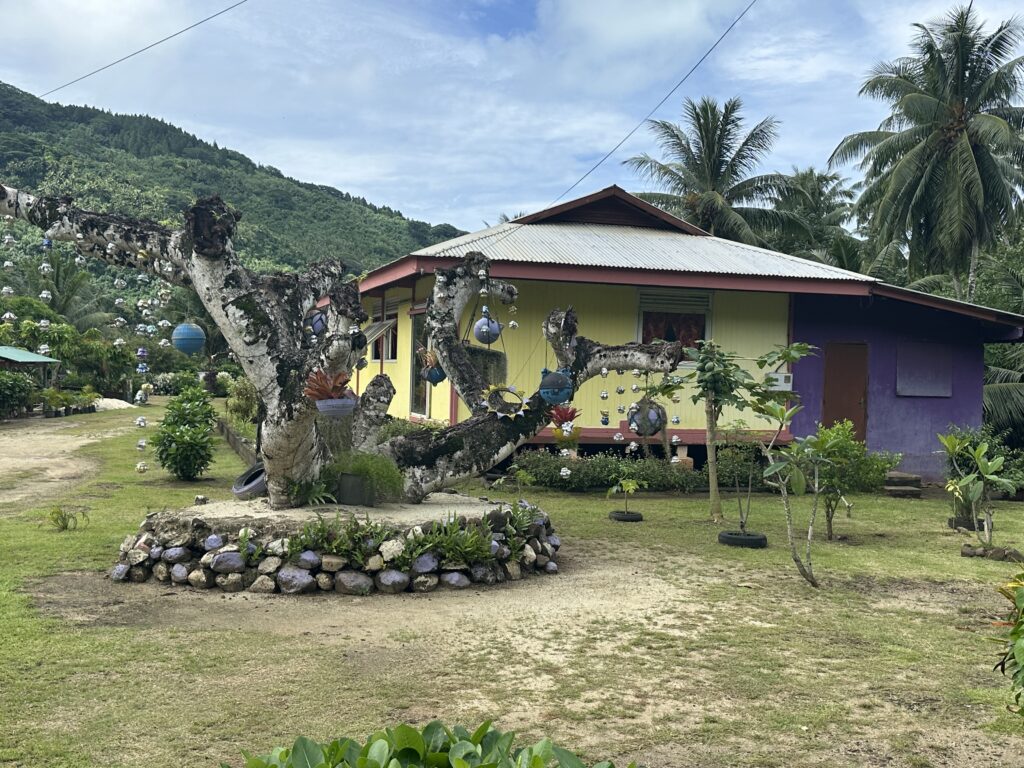
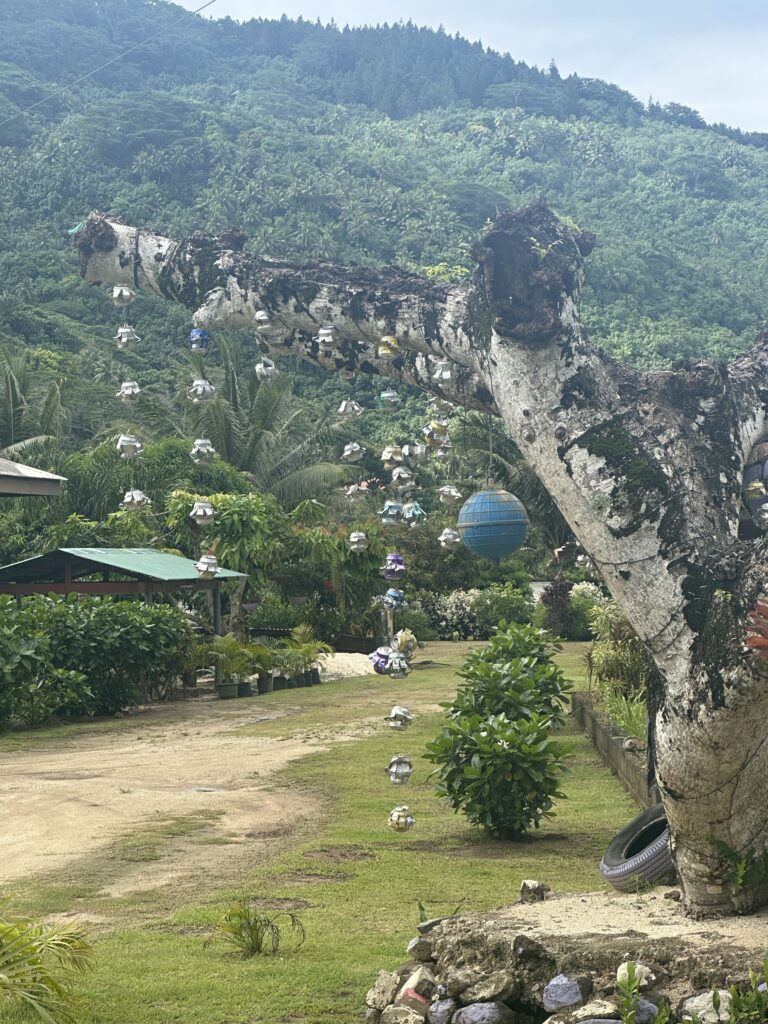
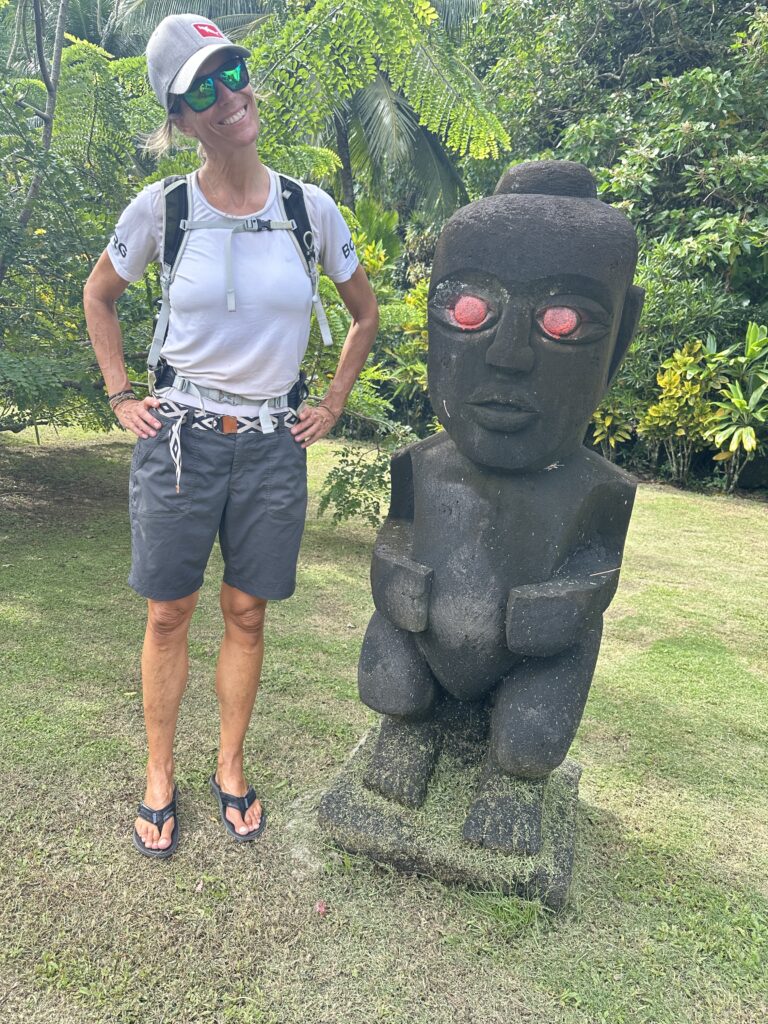
We ate lunch at a beautiful resort together with hotel guests, and it almost felt like we were on vacation. We ended the day with a few beers at the local yacht club, which is really not a yacht club, but more a bar and restaurant with a dinghy dock.
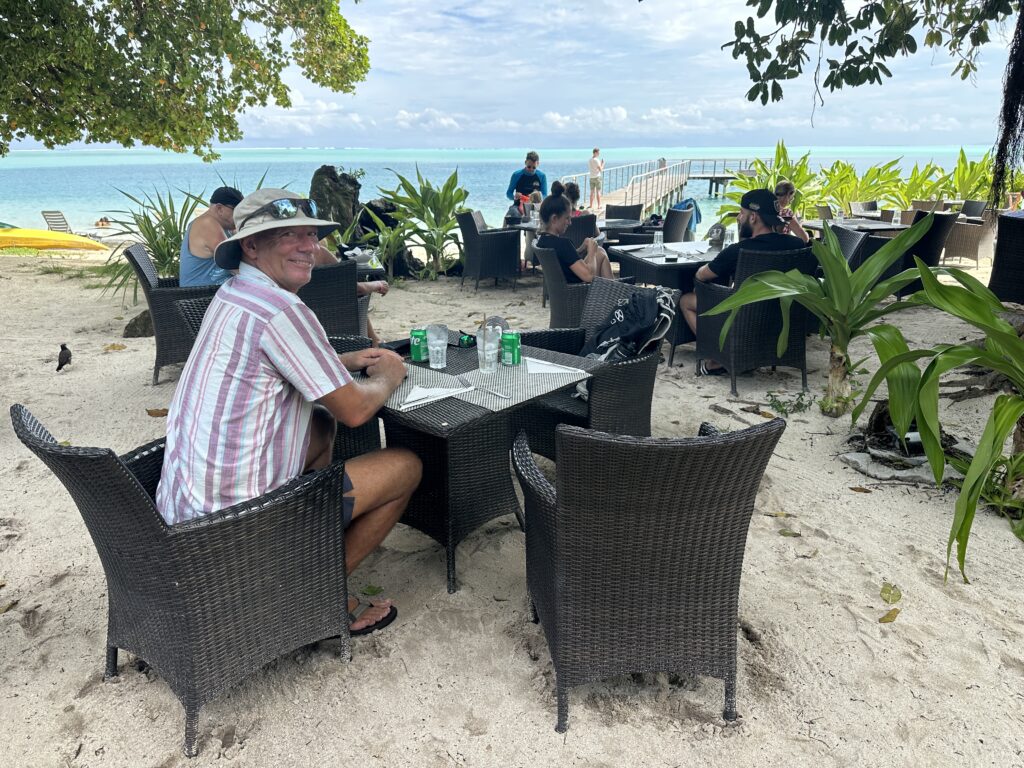
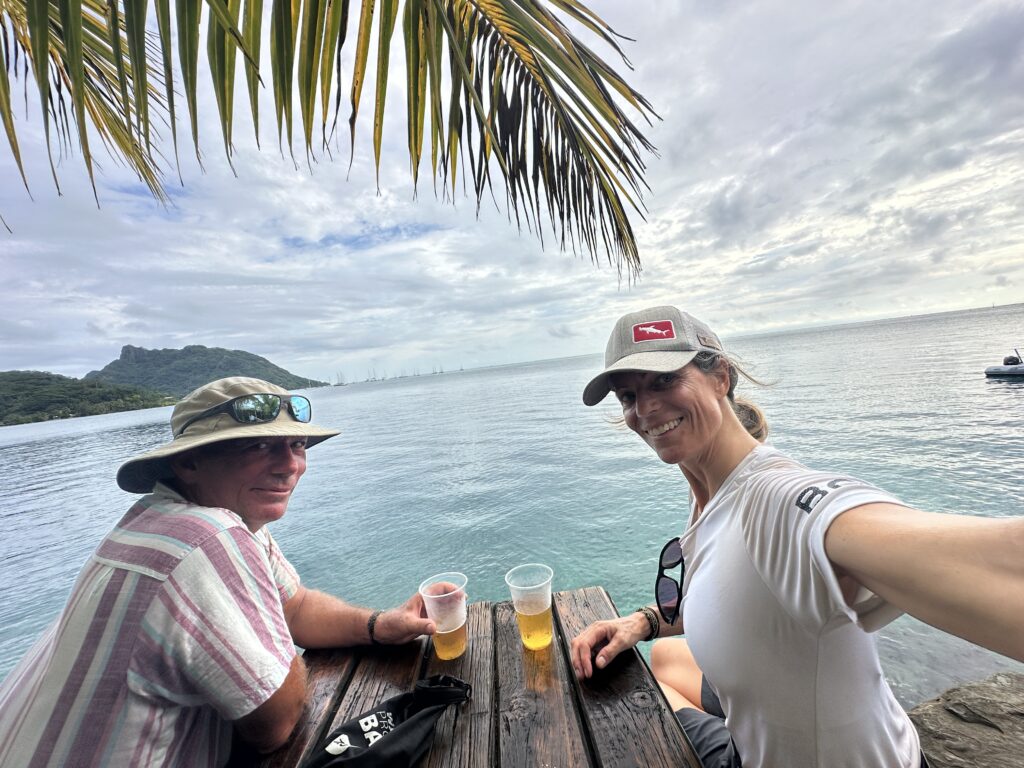
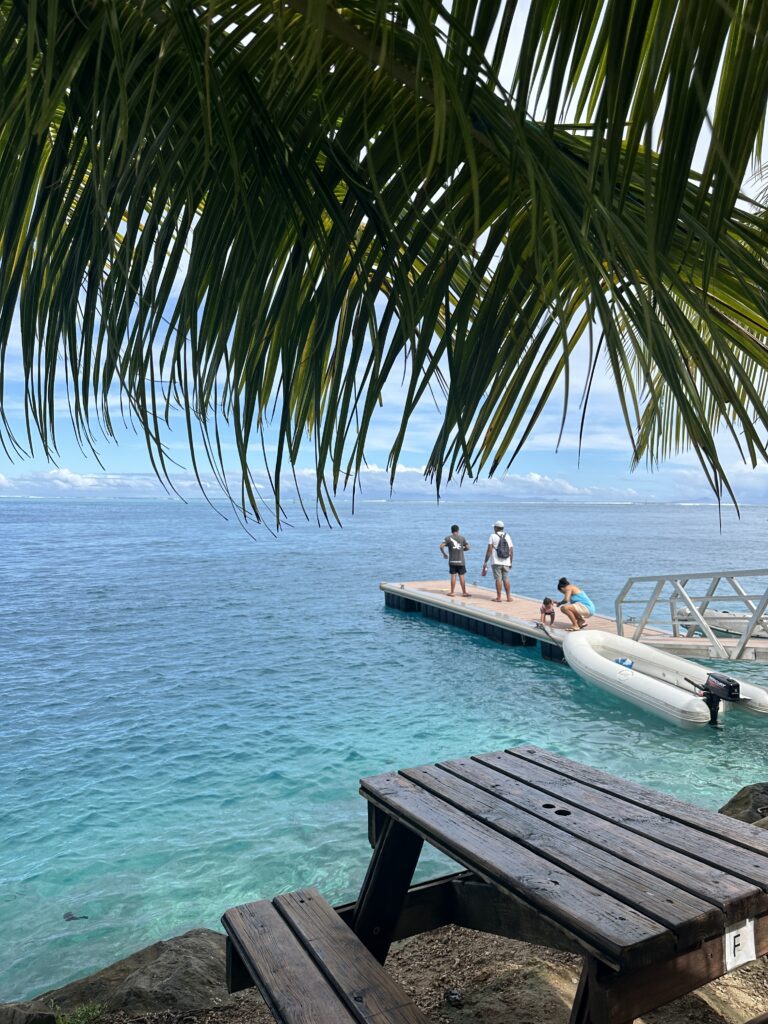
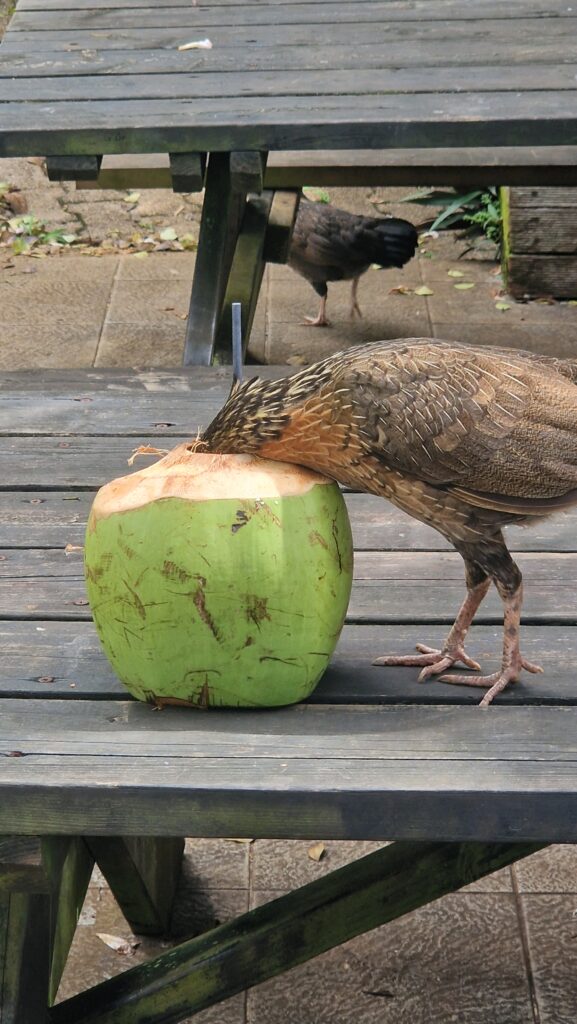
The next day, we biked around the big island. This is where most of the museums are, so we had a cultural day, visited a pearl museum and a historic museum.
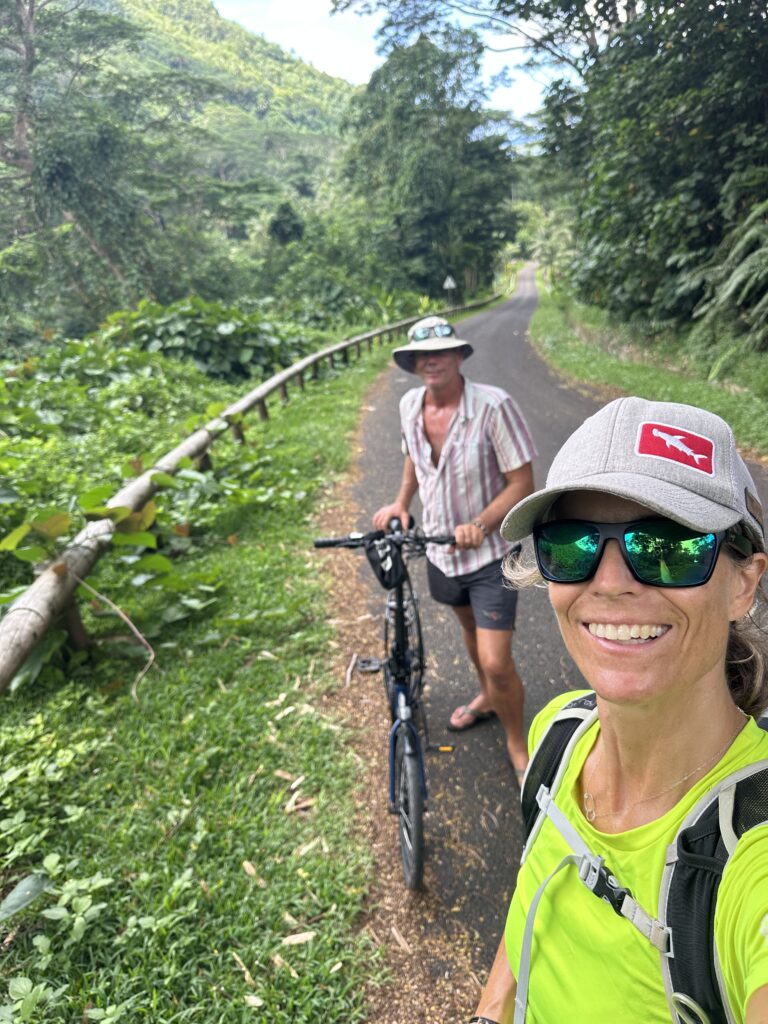
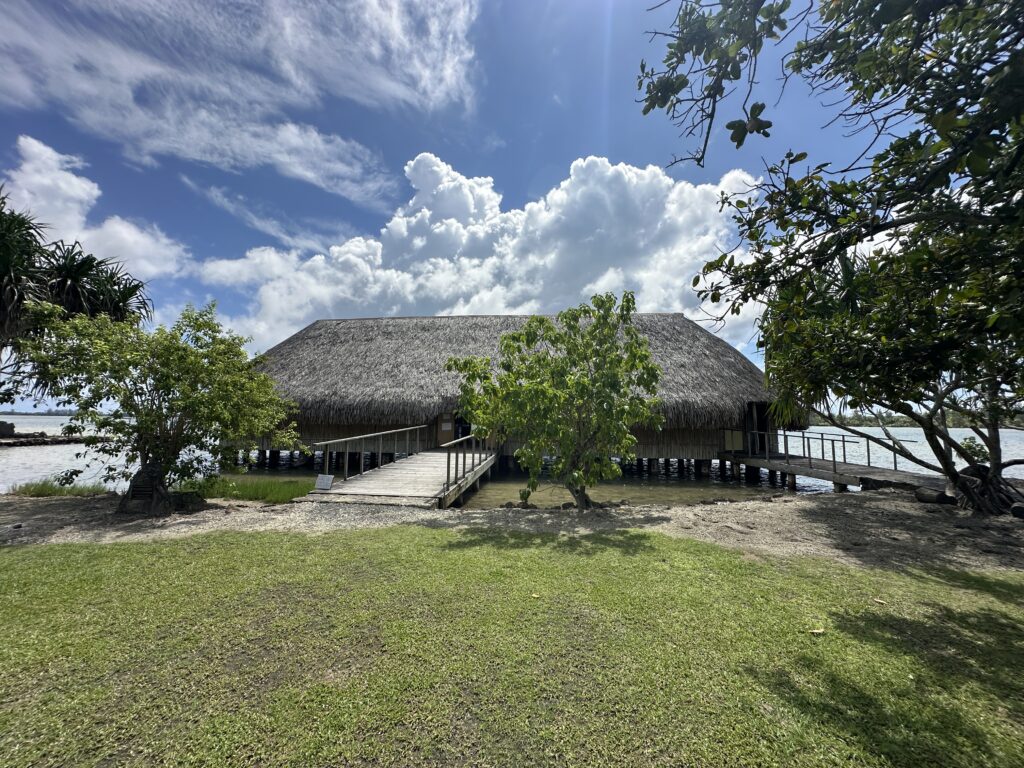

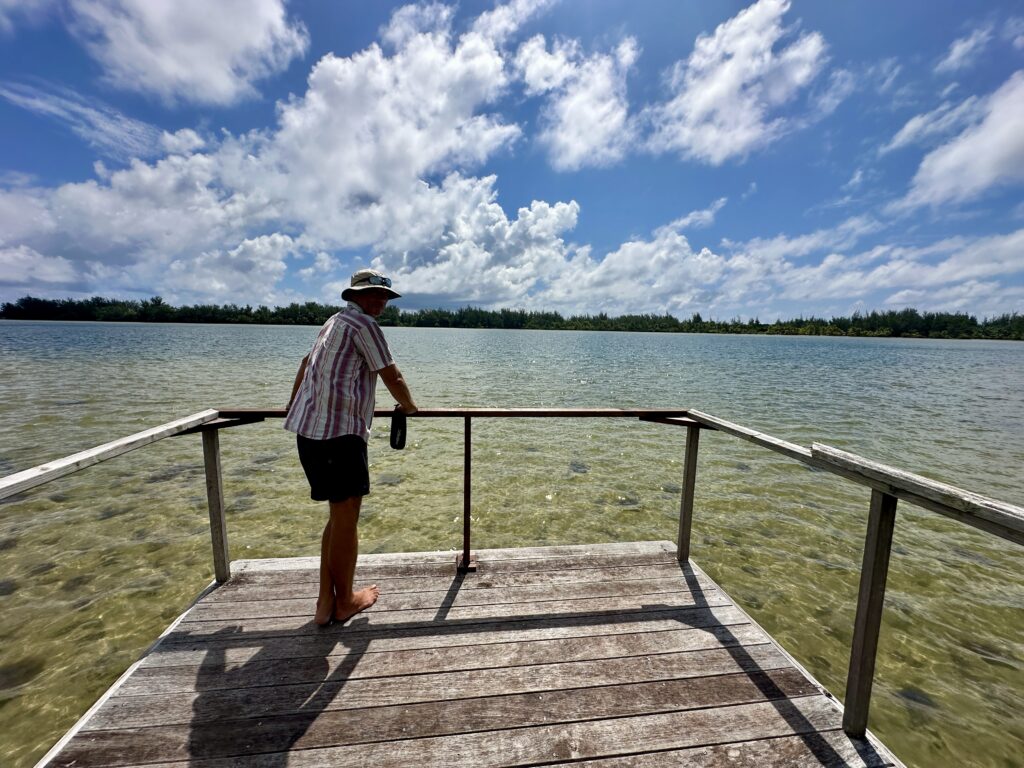

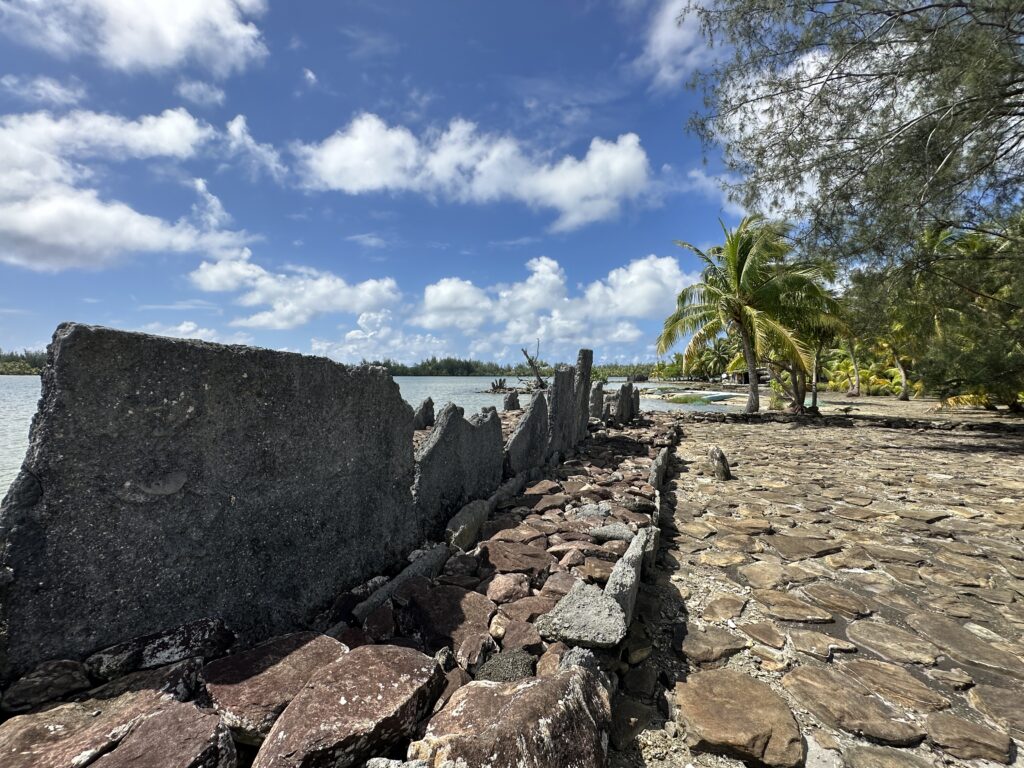
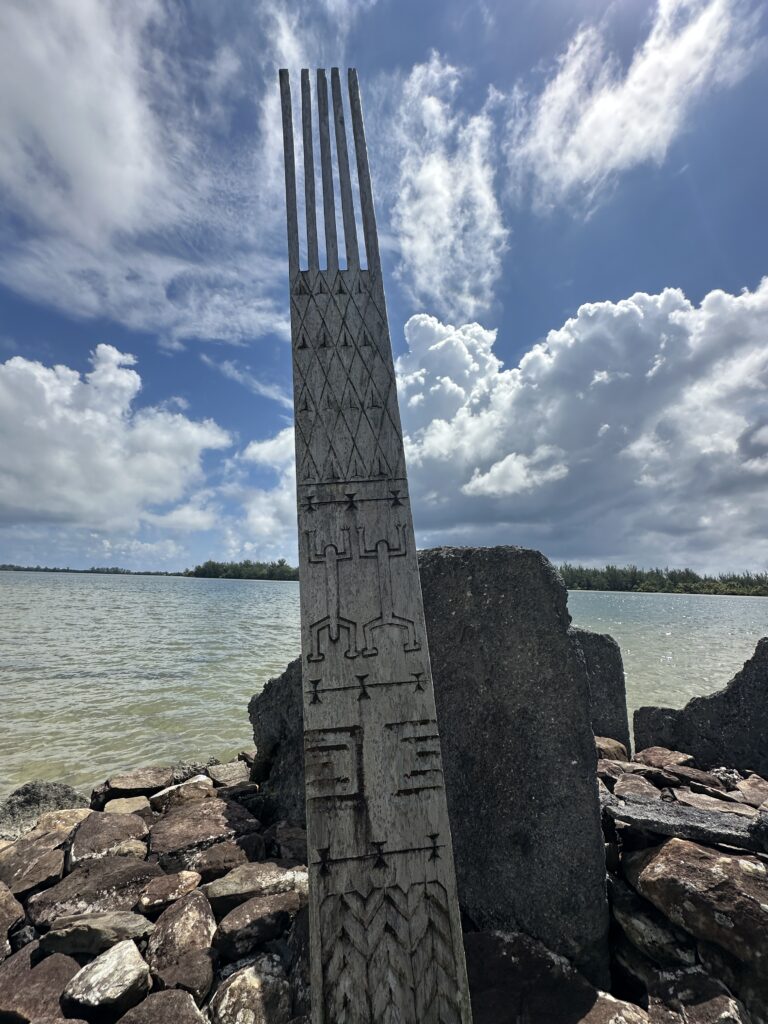
The shell museum, Motu Tresor, is made by Frank, a man who has spent the last 40 years collecting different shells locally. The museum is at his house, and was set up very nicely. He shared a lot of information, such as the fact that there are many poisonous shells that one has to stay away from. The snails that lives in the shell has a hook-like “device” that they can fire out from their shell, with poison in it. It is so strong that it can kill a person within two hours of getting stung.
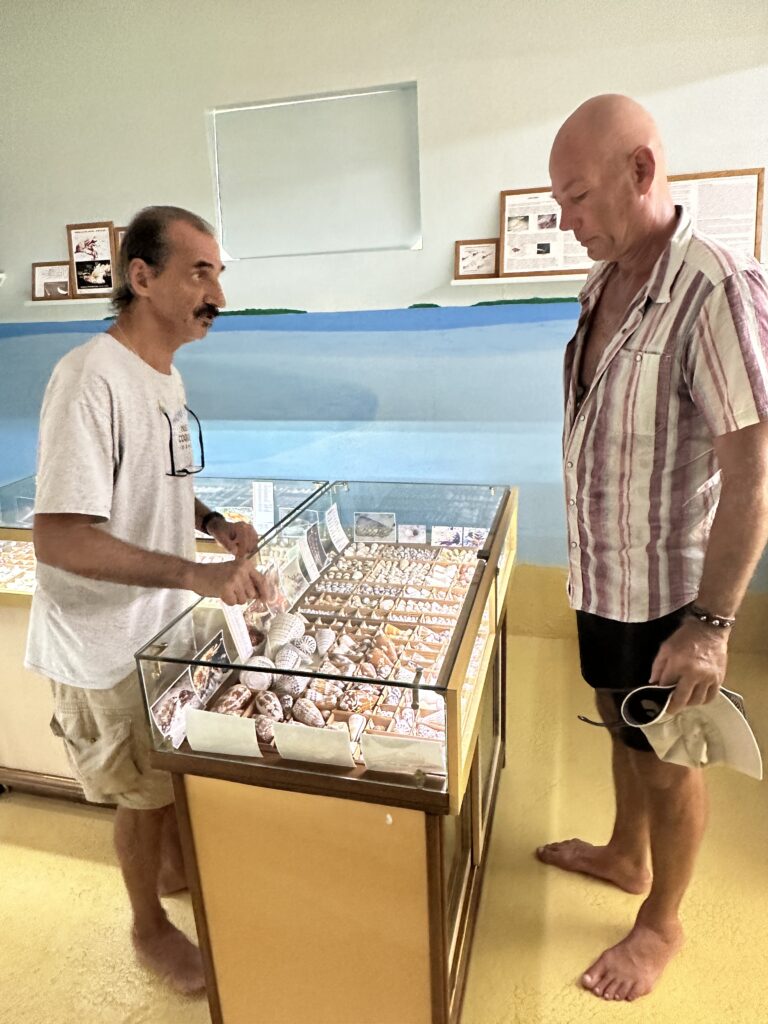
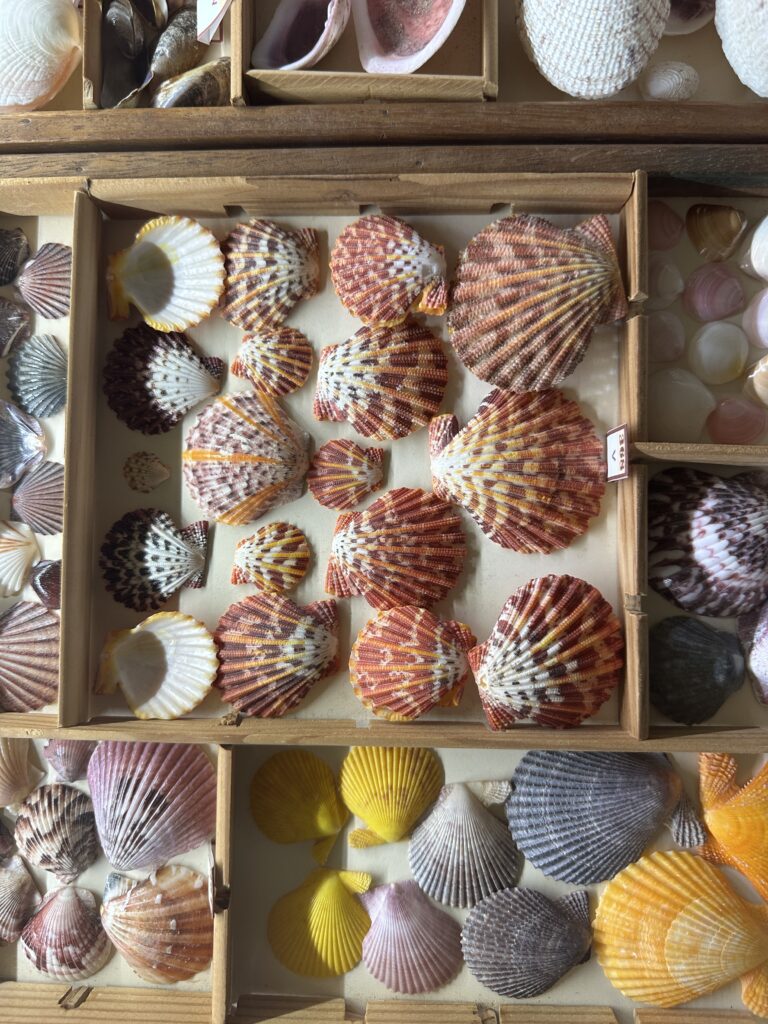
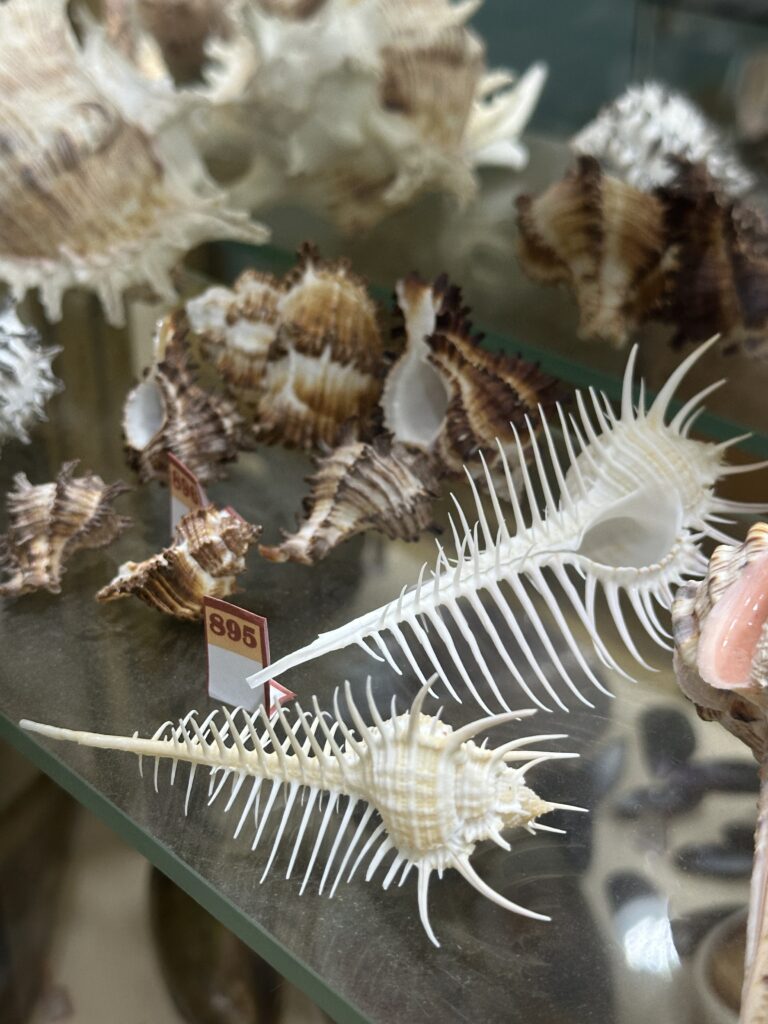
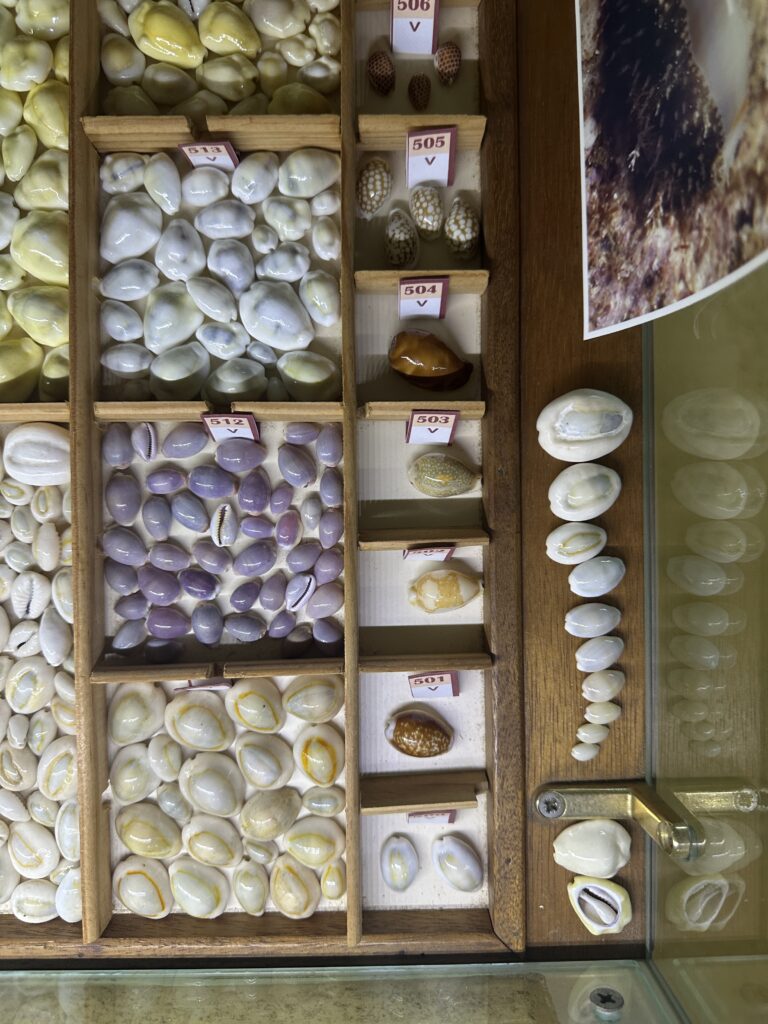

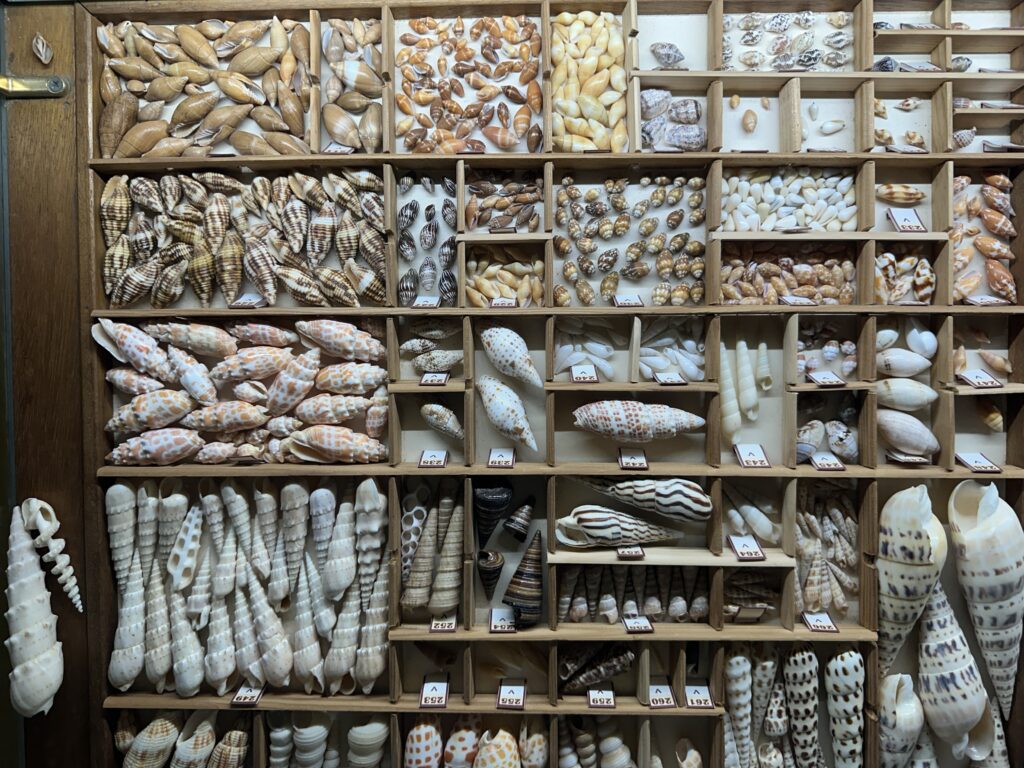
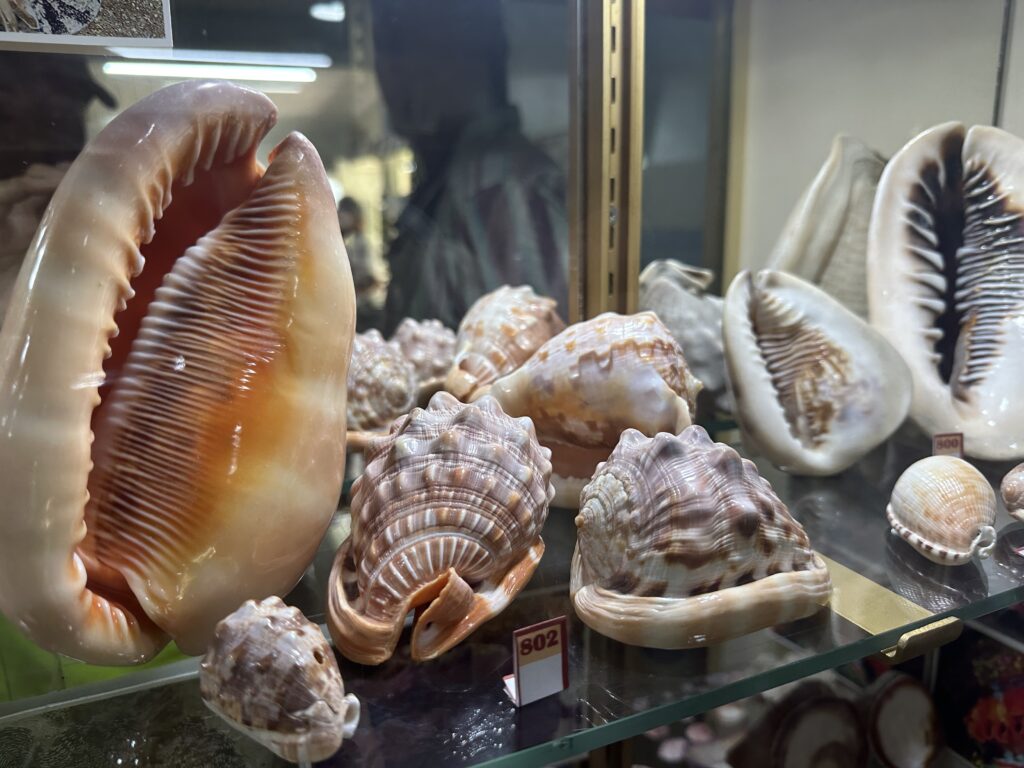
As Huahine has an old history, one can see historic sites along the way. The fish traps that were used thousands of years ago, are still in operation today. The fishermen’s houses are on the river bank, right by the stone structures in the bays. It was quite fascinating to witness such an old technique still being maintained and used.
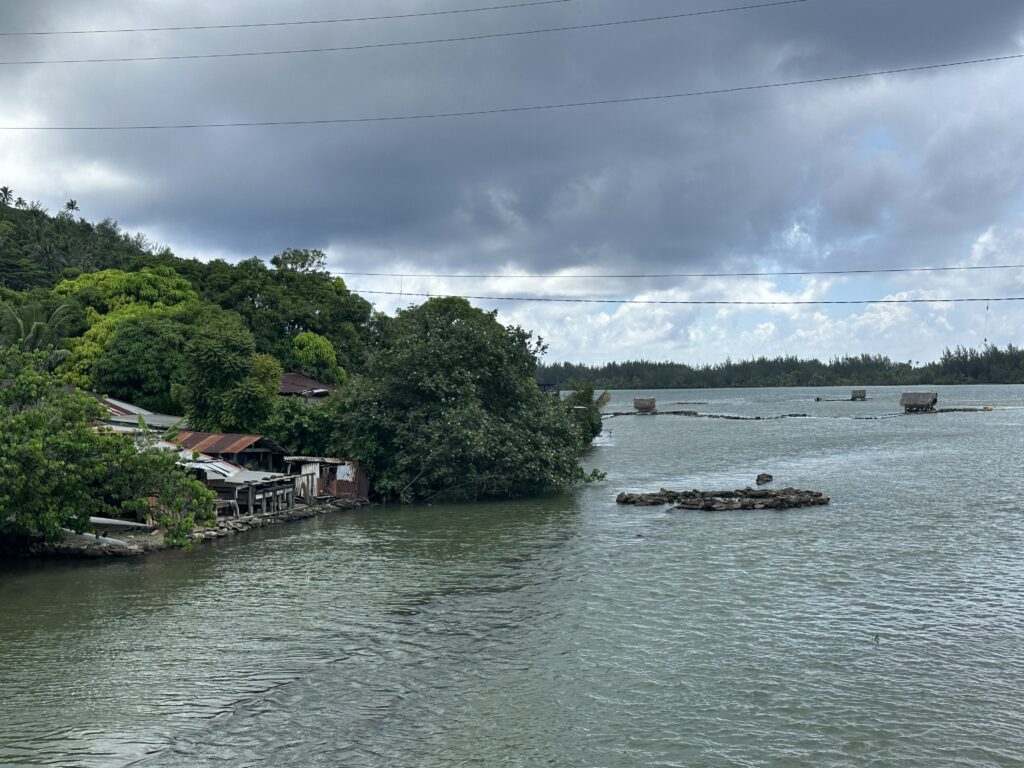
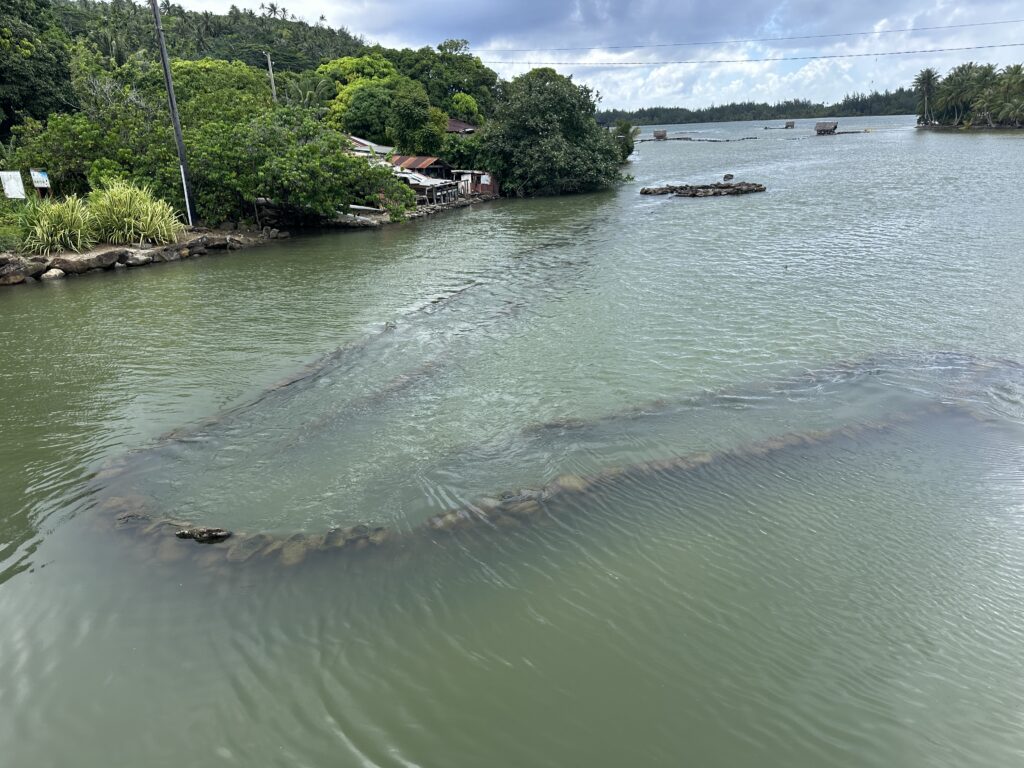
As we continued biking around the island, we again saw lovely pristine park areas right next to the road. We even met a lady who was employed by the commune to make a new park area, which was going to open within the next few weeks.

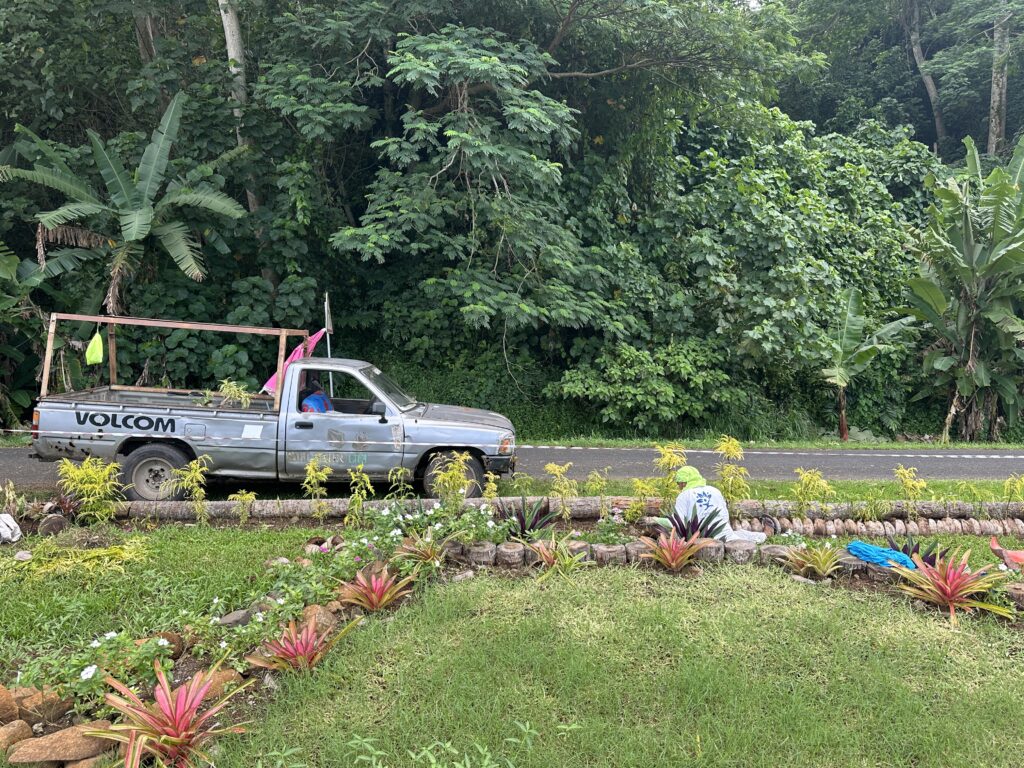
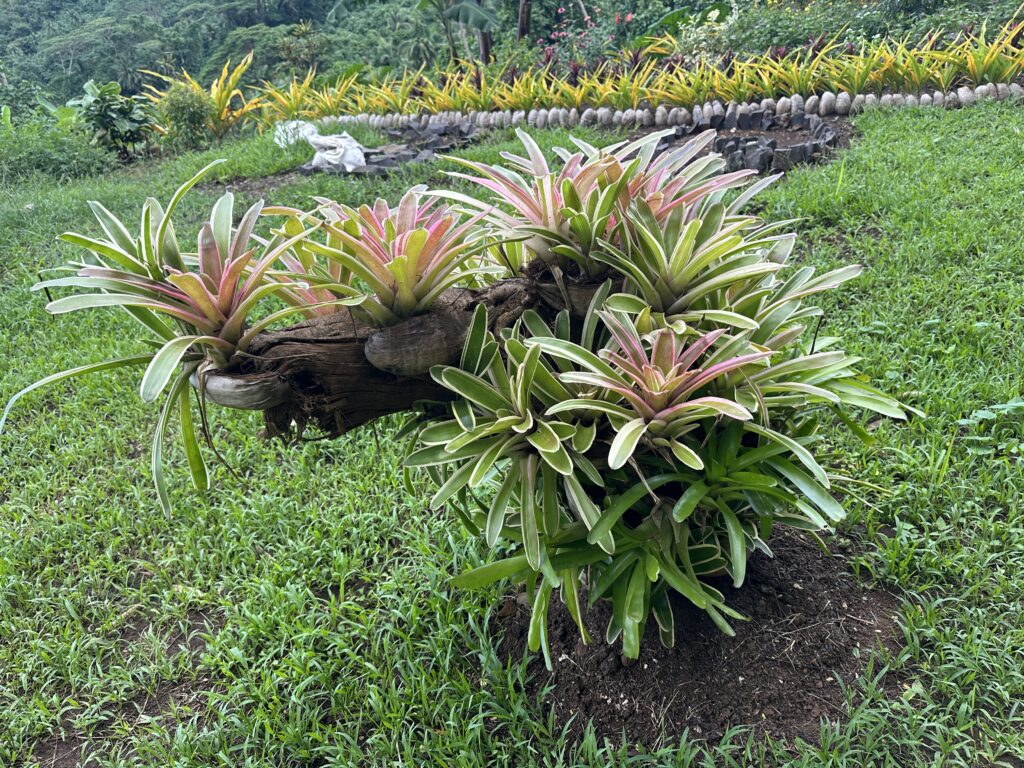
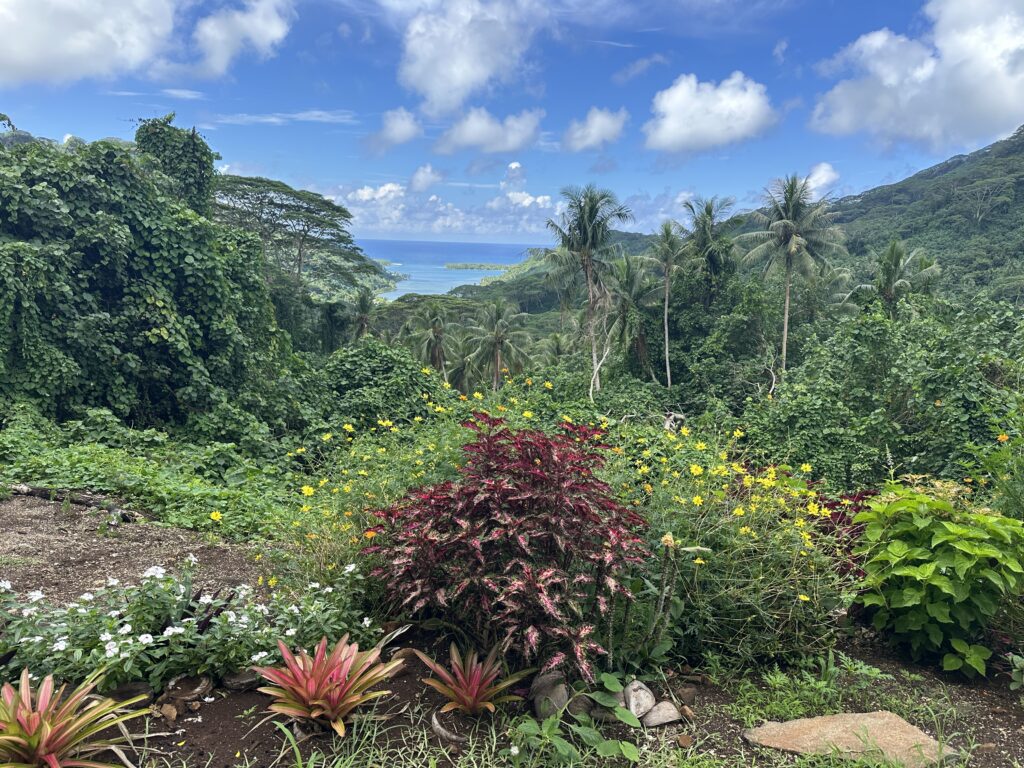
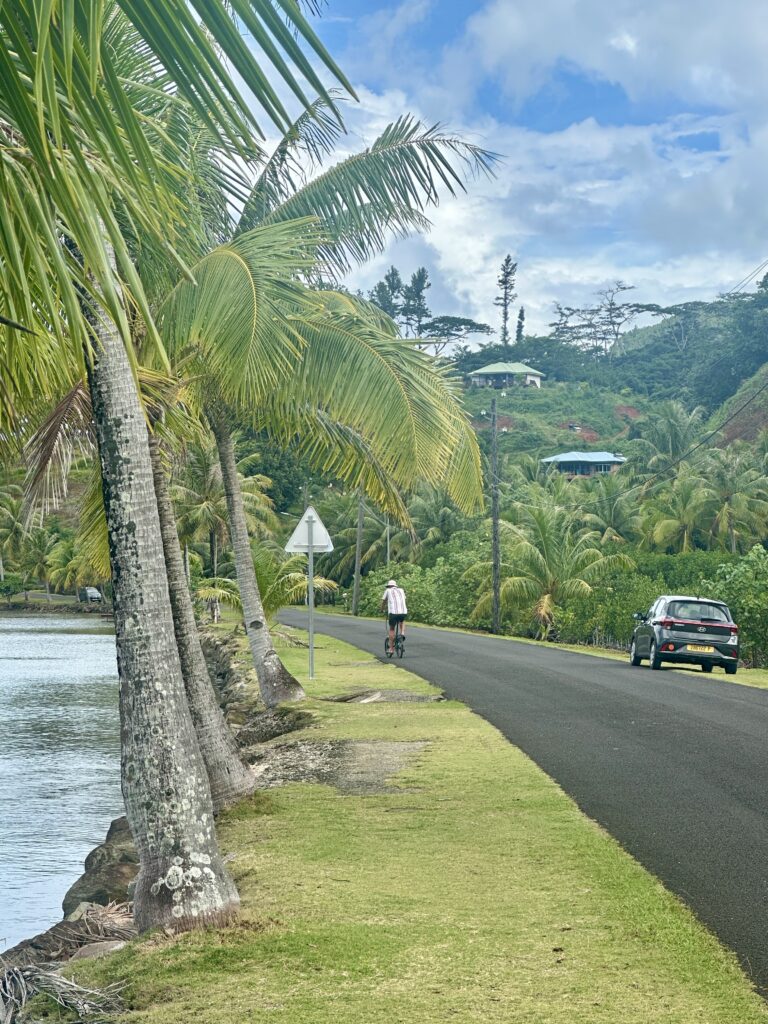
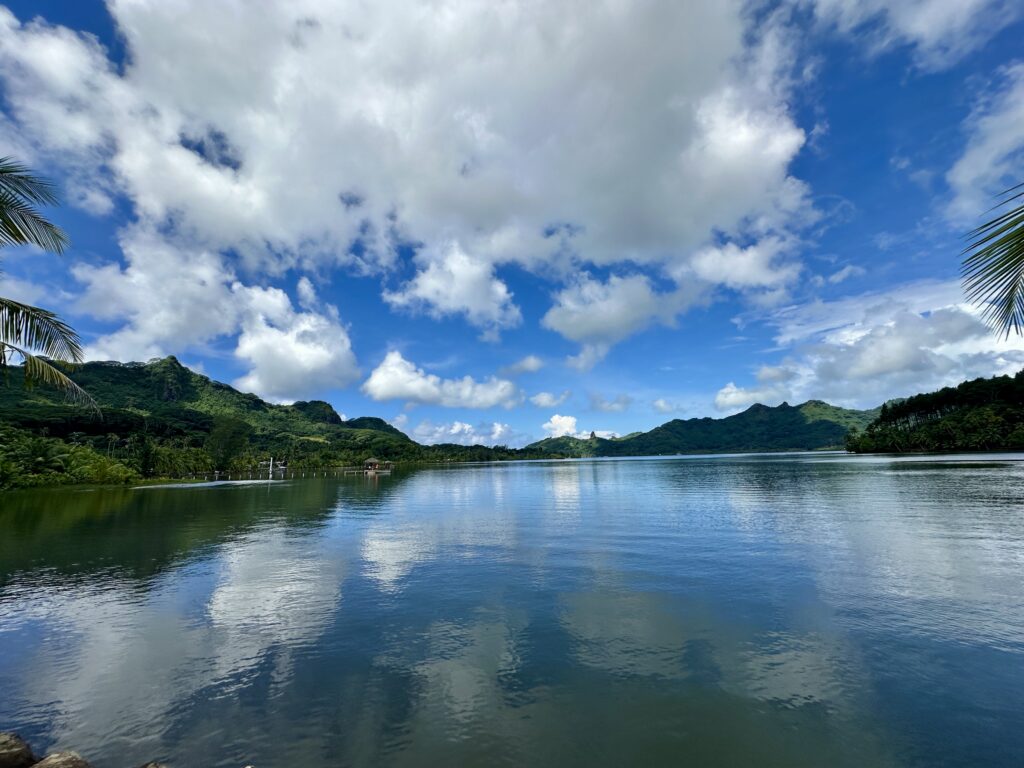
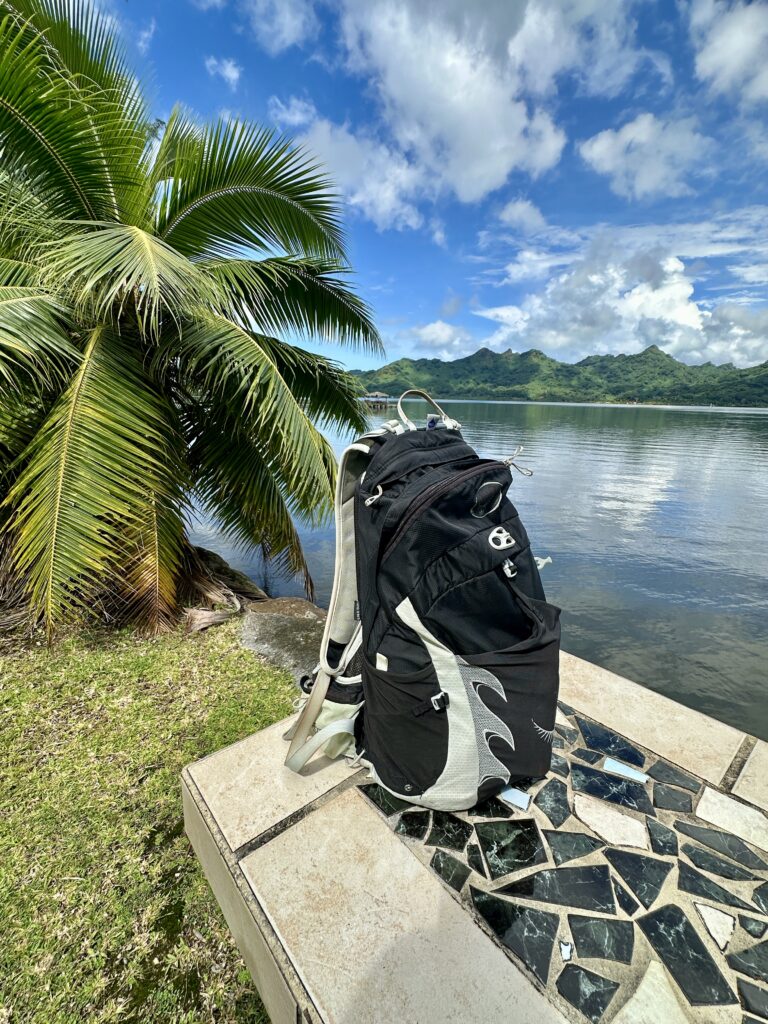
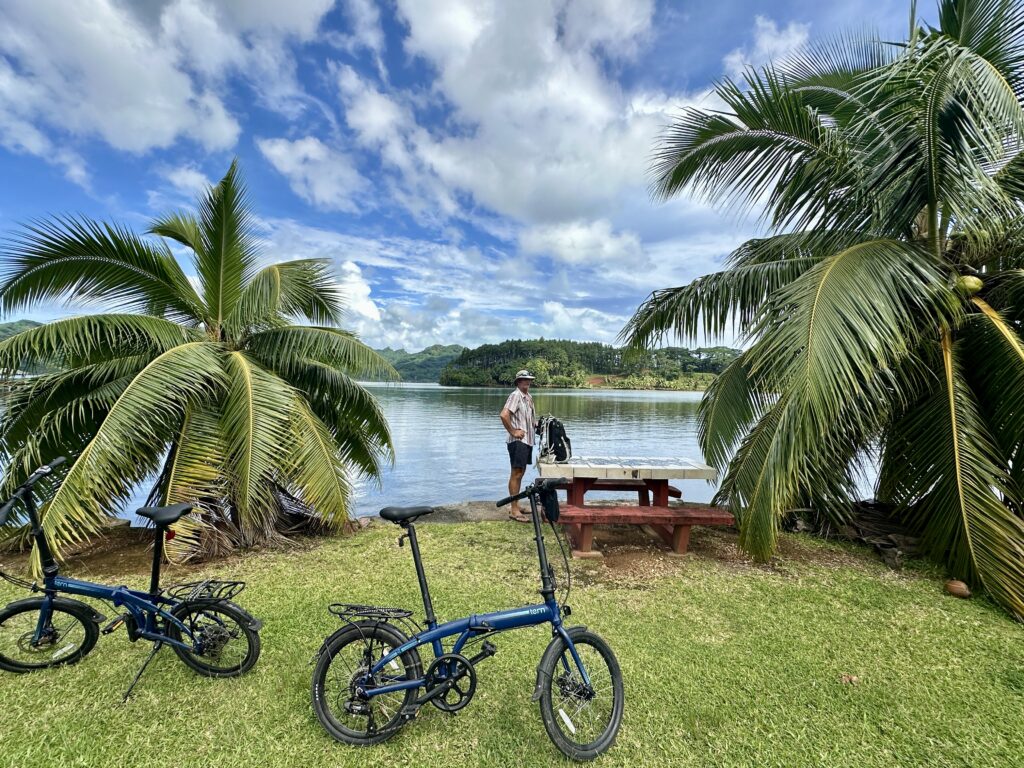
We had lunch at a local “roulette”, which is a food truck. It was run by a couple who had built this across the road from their house, and they served lunch and dinner every day except Mondays.
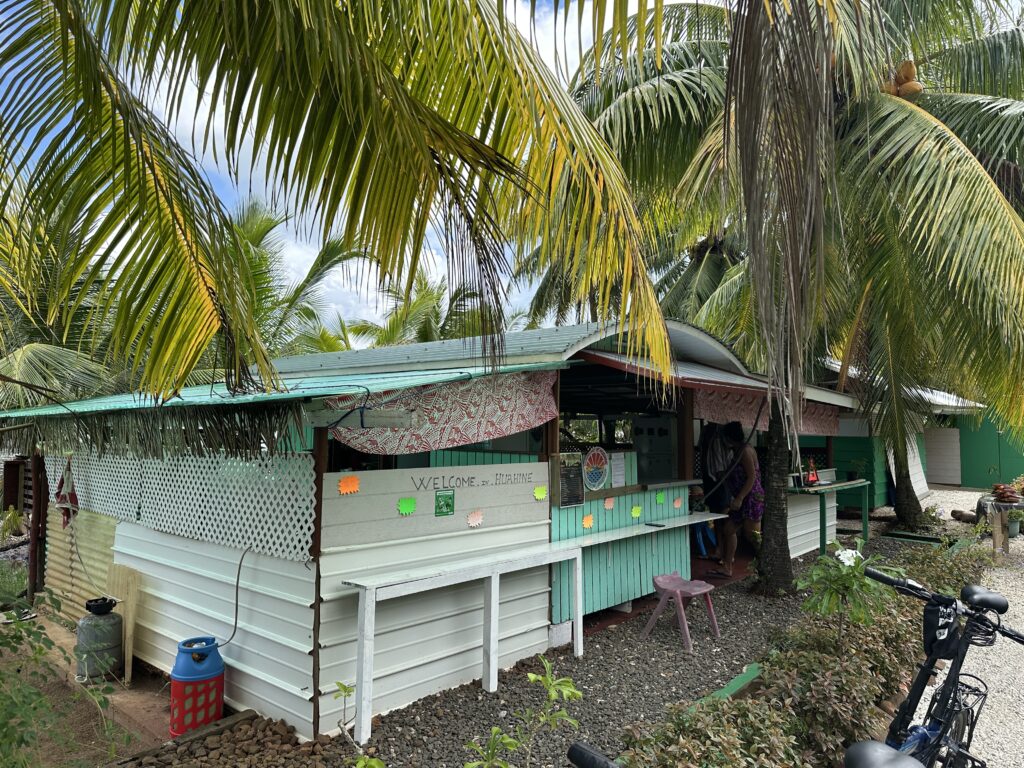
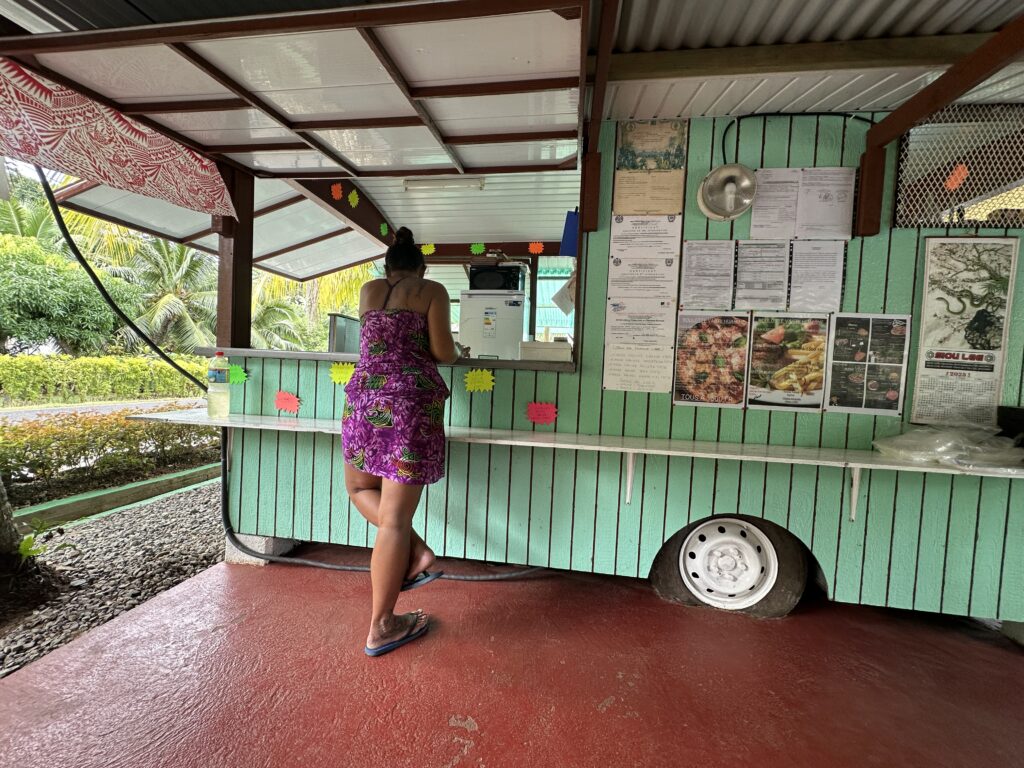
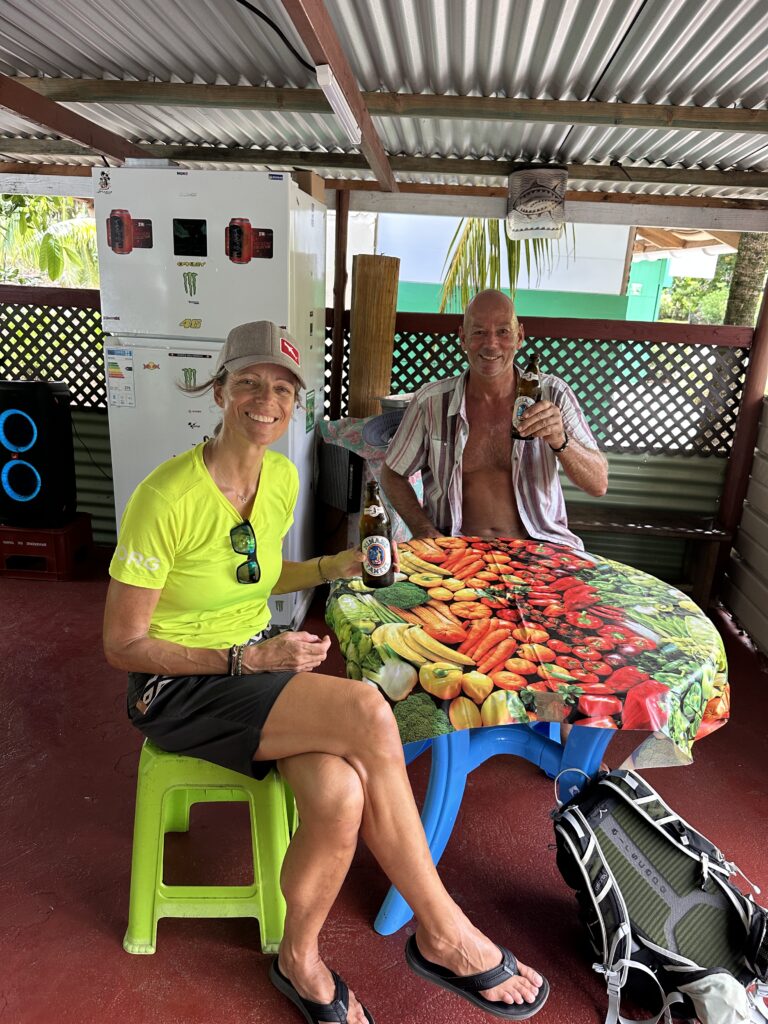
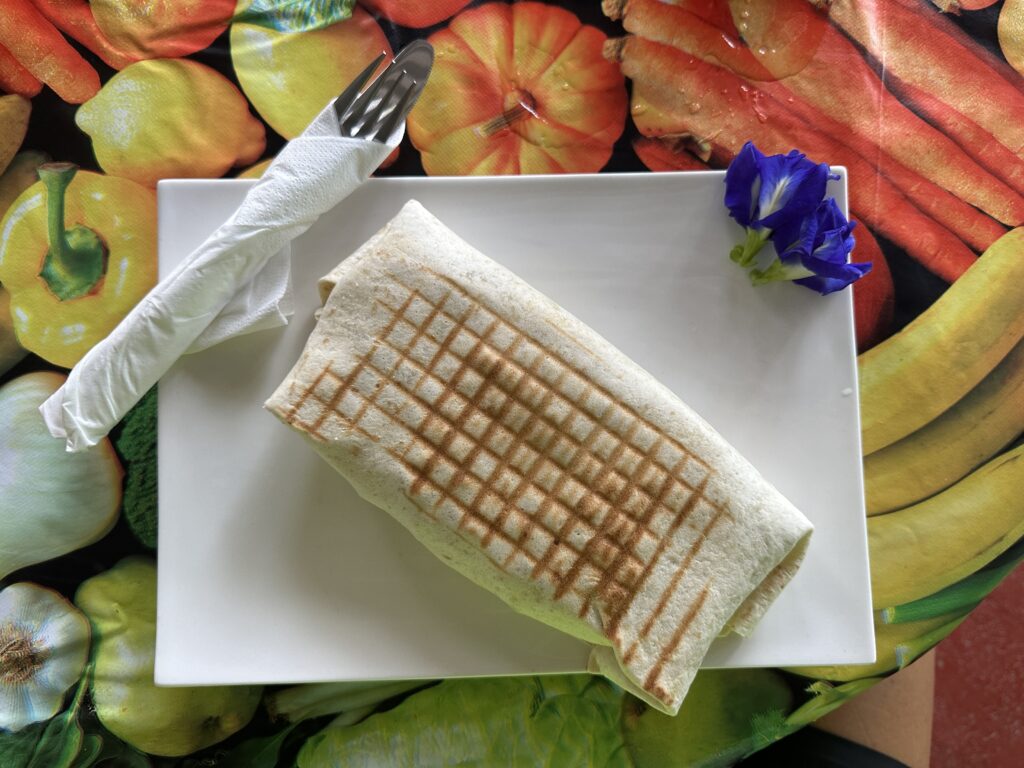
The next stop we made was to look for sacred blue eyed fresh water eels, who live in the river which runs off the mountains. We came to a small village, where we tried to look for the eels. Quickly, we were joined by a local man, who had a couple of boxes of tuna with him. He showed us the way, under the bridge, to where the eels where.
He put some tuna in the water, and soon we were surrounded by several big eels. The admiral got nervous that they were going to bite her in the toes, as we were in the water with them, however the captain was brave enough to feed and pet them.
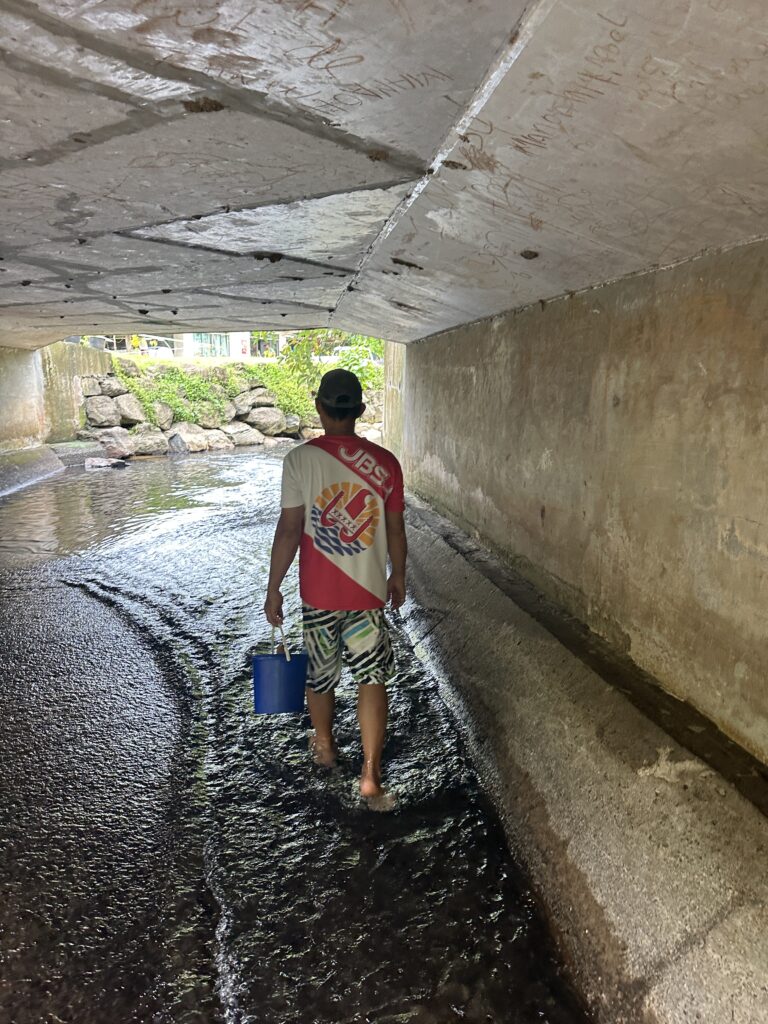
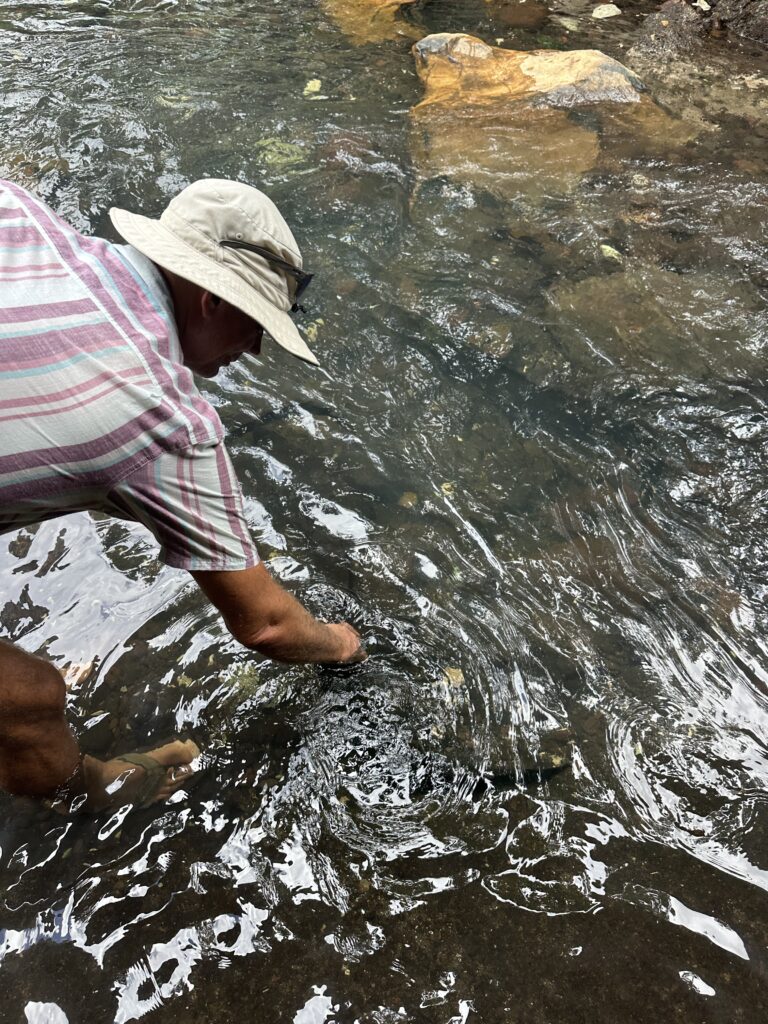
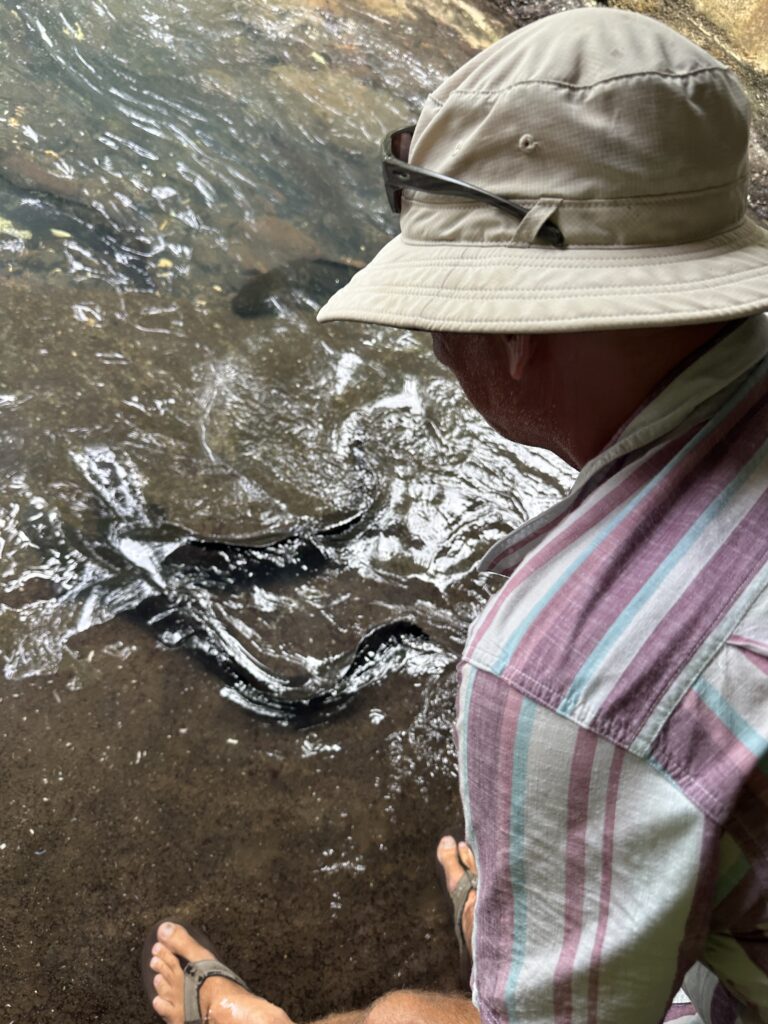
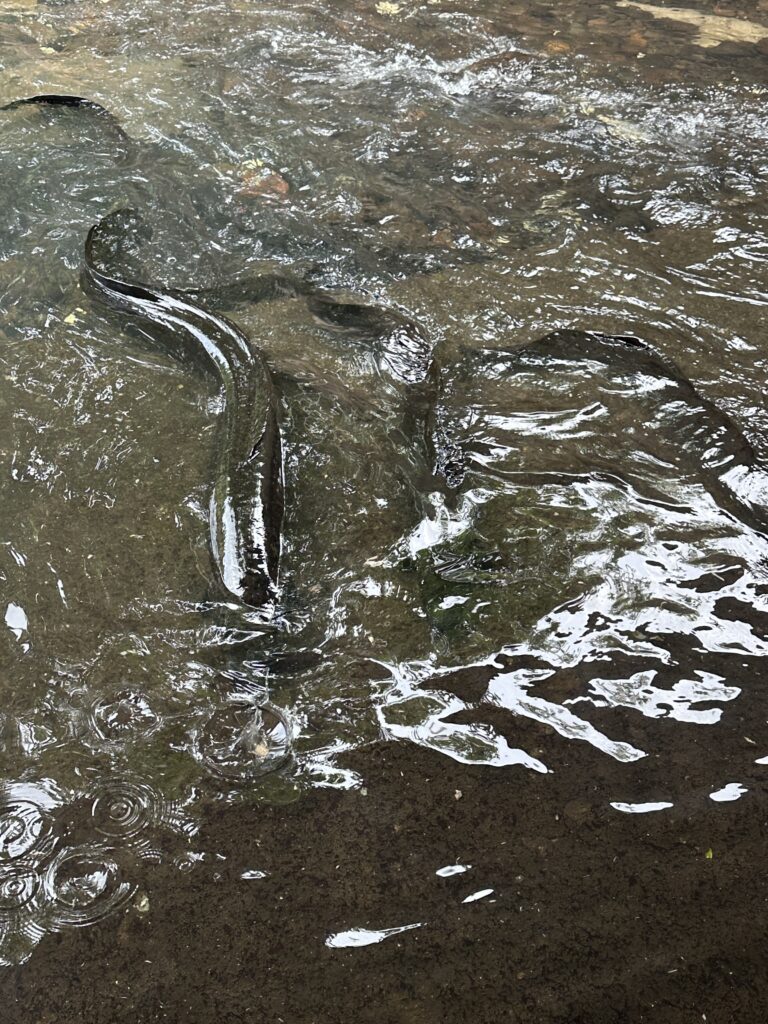
We ended an adventurous day in the pouring rain in the local distillery Huahine Passion, where they make liqueurs and spirits from fruit. We tasted several different liqueurs made of local fruits, such as grapefruit, passion fruit, soursop, etc. We found a couple of favorites, which we brought with us.
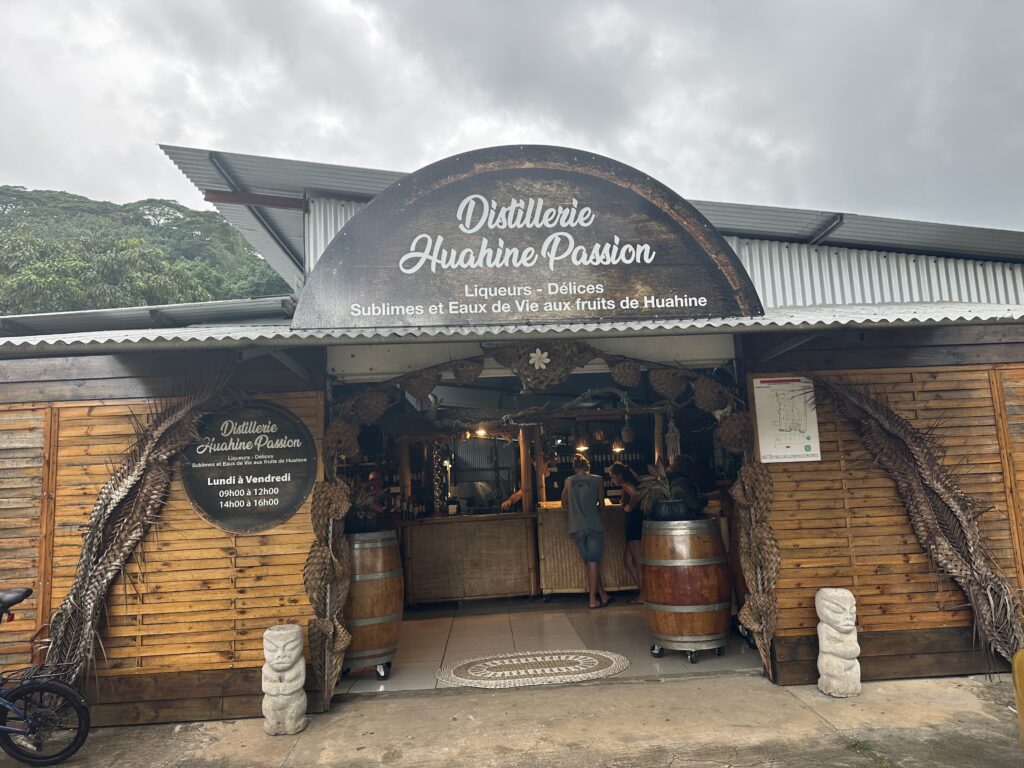
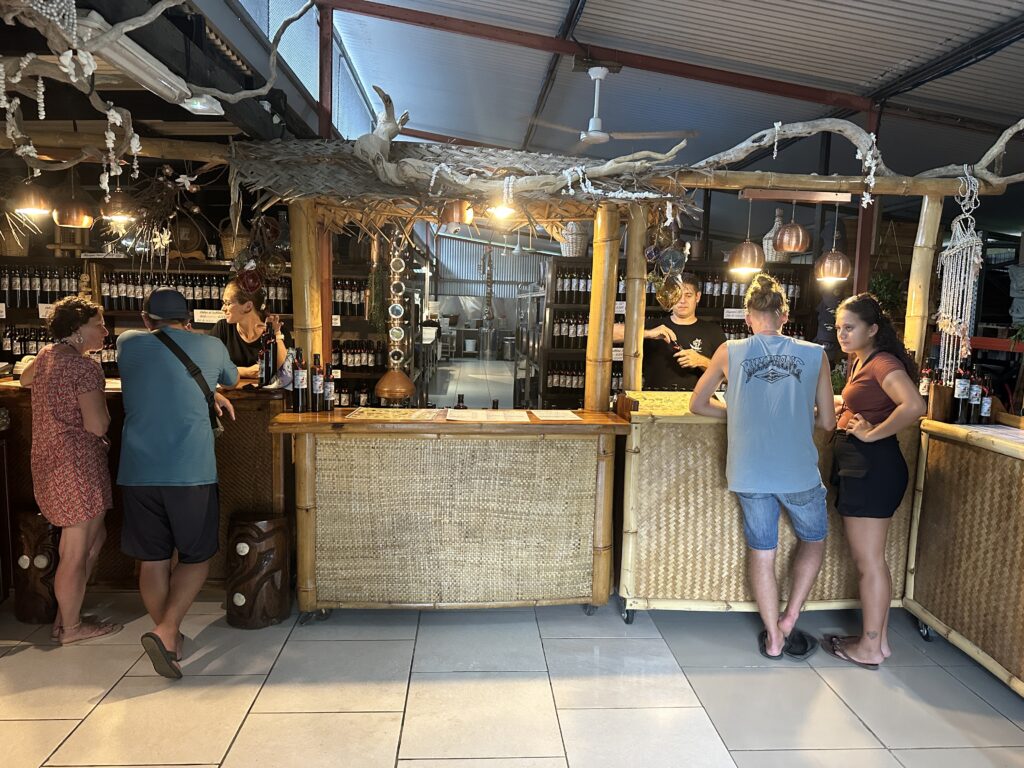
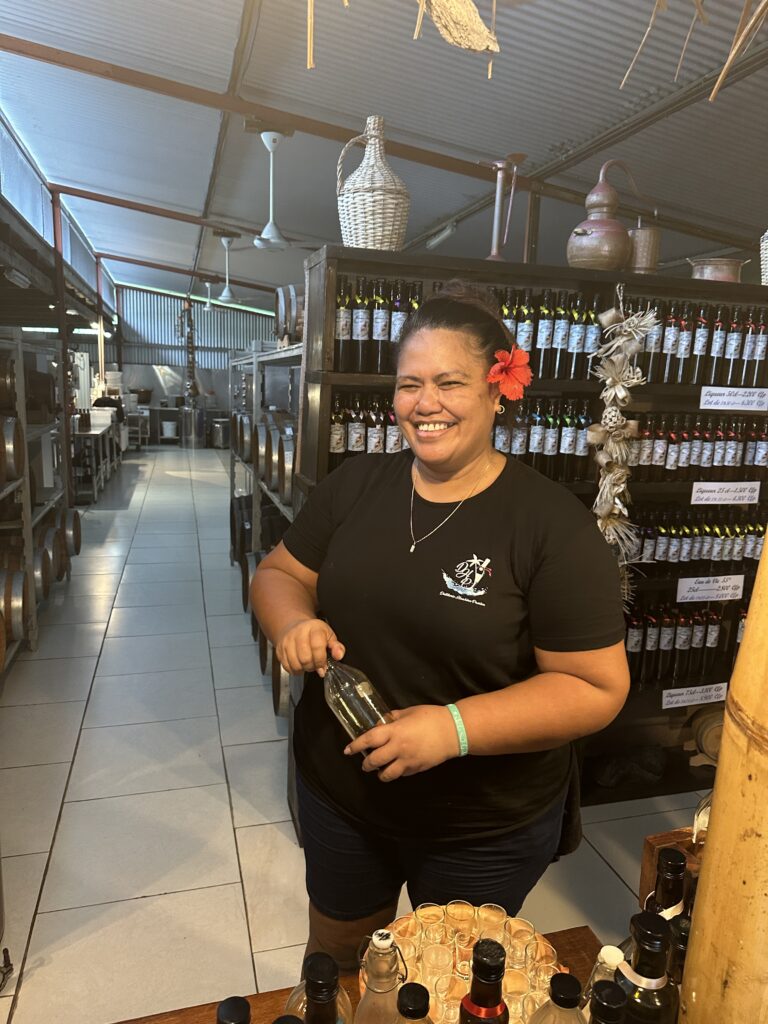
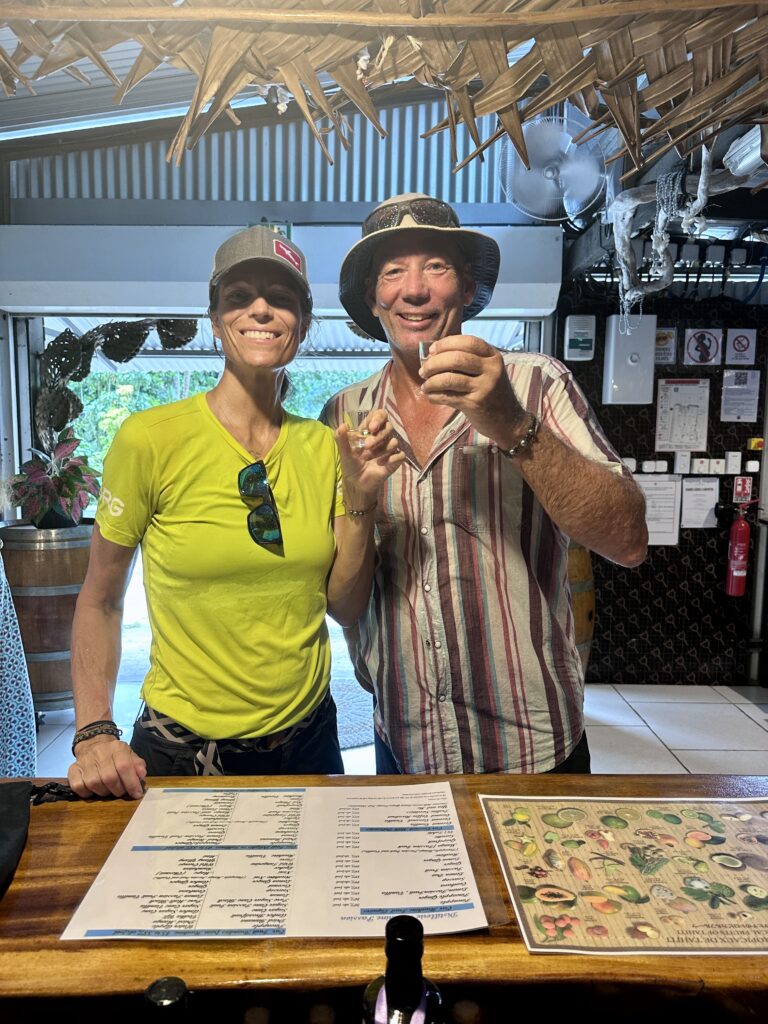
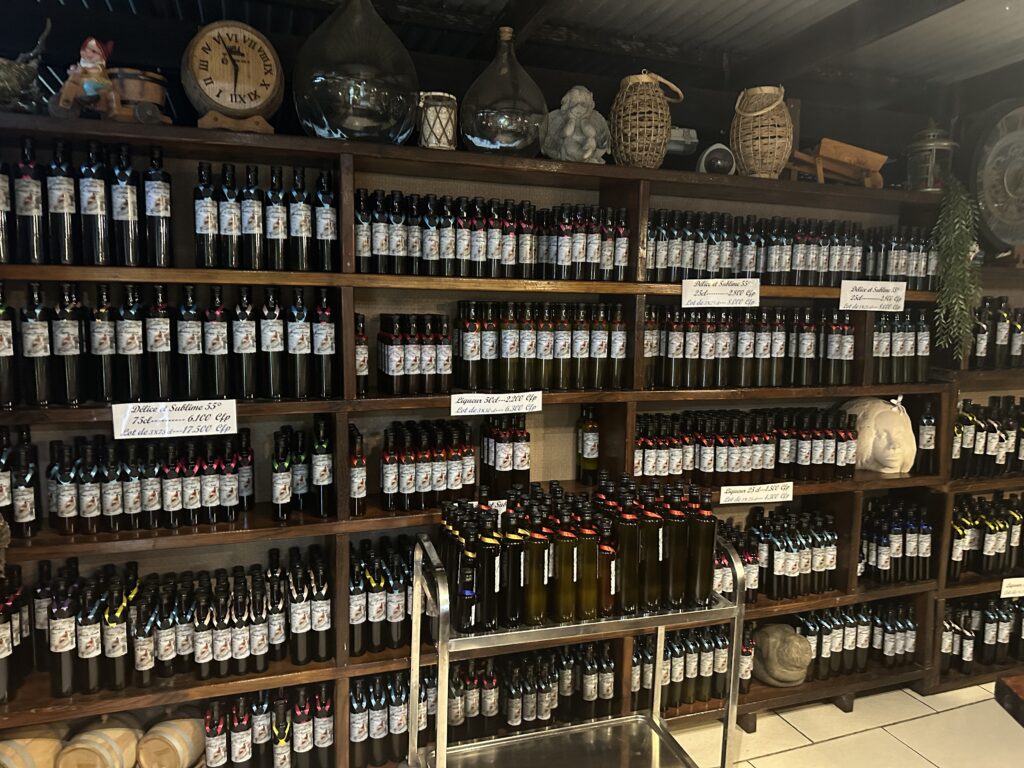
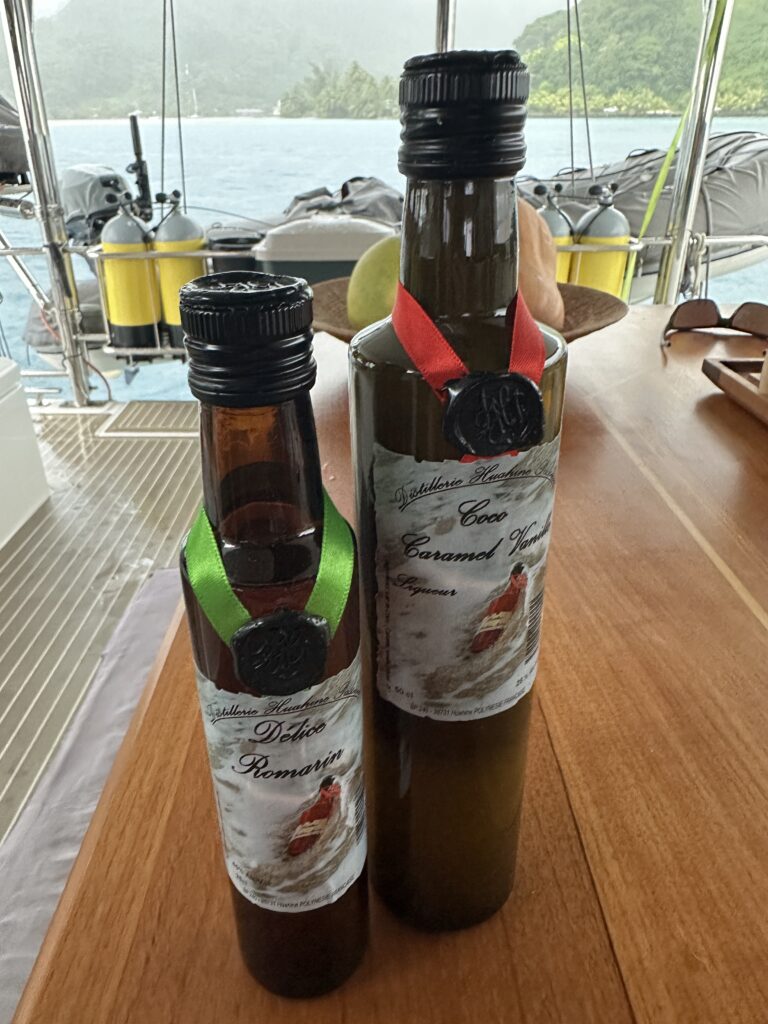
We stopped by the yacht club for a beer, to wait for some extra rain to pass. We were both soaking wet, and there was a kind local woman who donated her pareo to the admiral, so she could cover herself. She even got instructions how to tie it the local way.
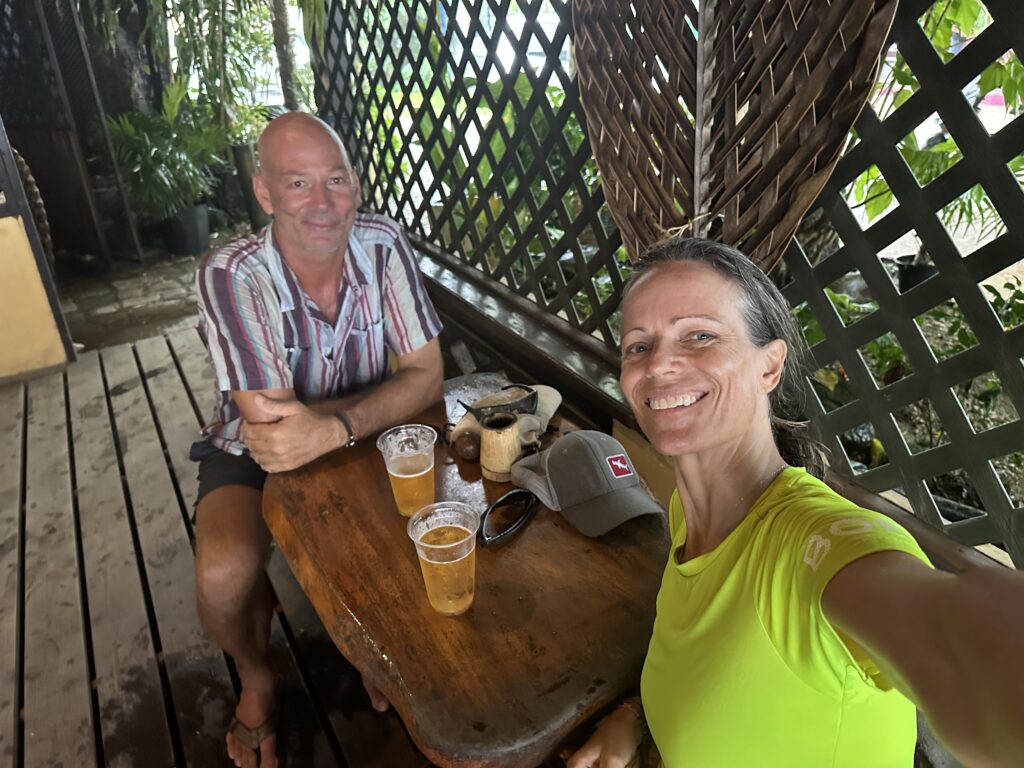
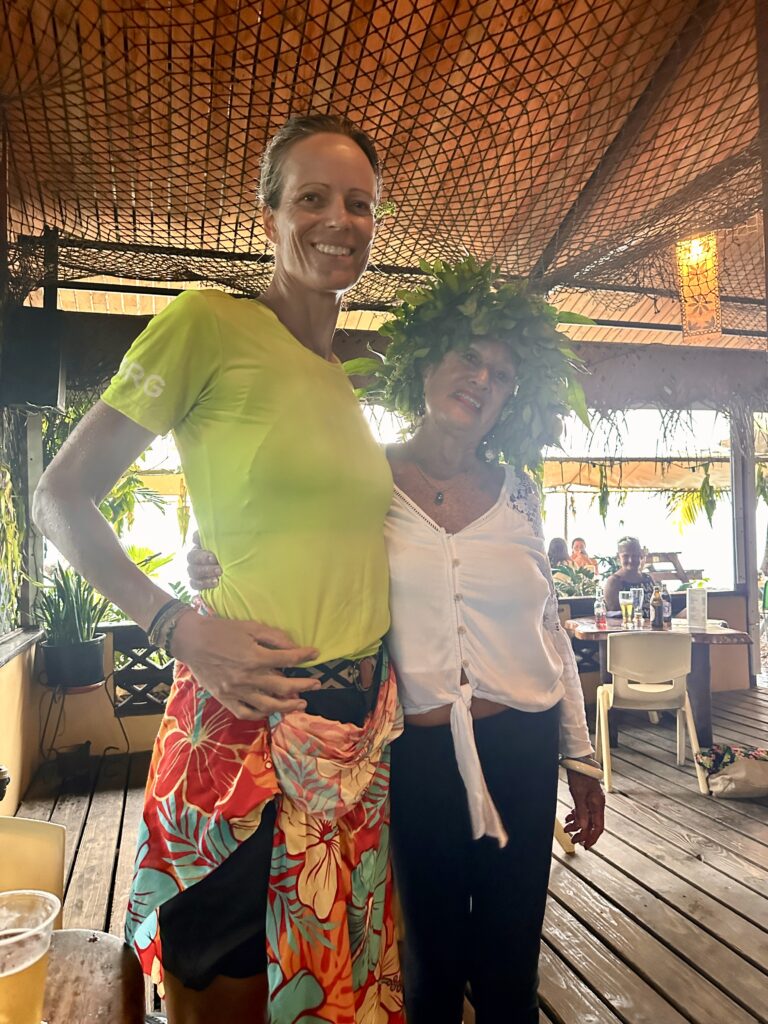
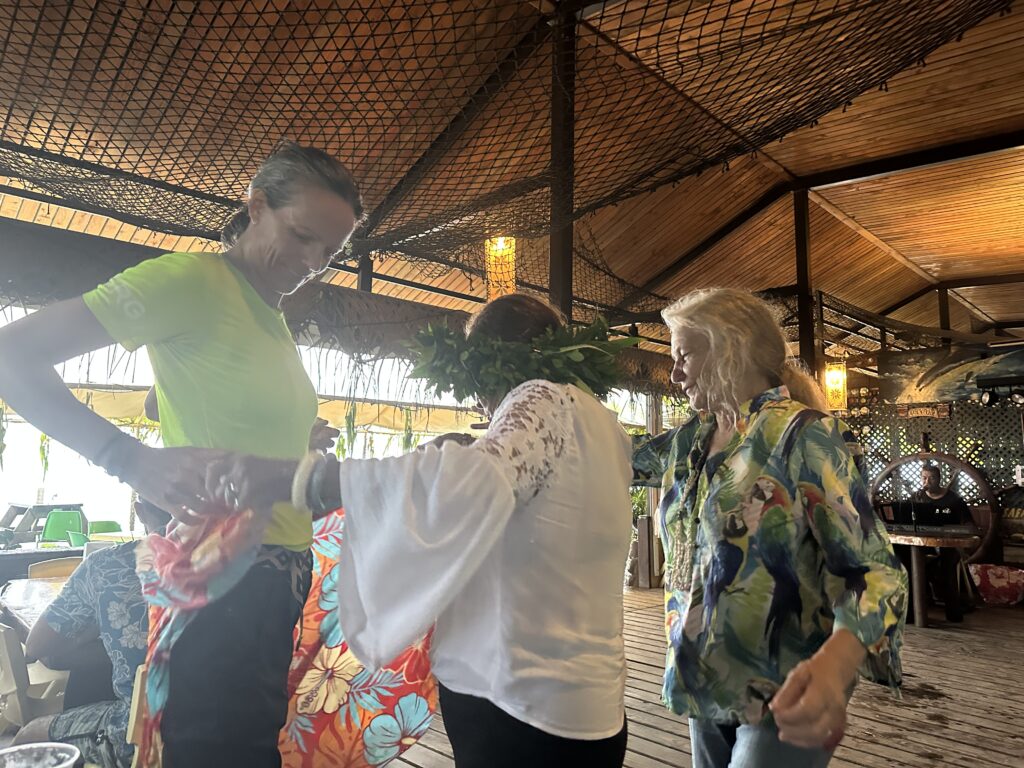
We leave Huahine thinking the locals were really nice and we loved exploring the island, which was awesome from a bike. However, the anchor situation makes this an island which has become hard to explore for a sailor. The locals have prohibited anchoring in most bays, and there are just a few places you can pic up a mooring, which is on a first come, first serve basis.
There is certainly a change going on in French Polynesia, and especially in the Society Islands. Sailors are not really welcome any longer, and during this year, more and more restrictions will be put in place by the local authorities. It is definitely understandable that the locals want to protect their islands. There are many more boats now than just a few years ago, and the infrastructure to handle this increase is not in place.
Our next stops will be Raiatea and Taha’a, two islands which sit together inside the same reef. We have a few boat fixes we need to attend to, and will stop to get those done at Raiatea, where there is a boat yard. As for exploring, this island we might skip, and rather spend some time on Taha’a.
